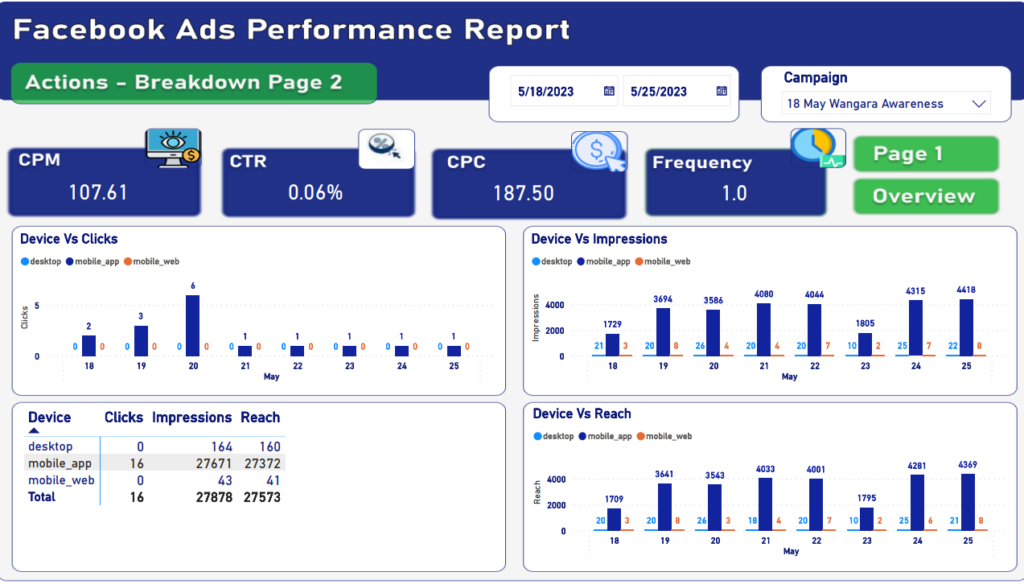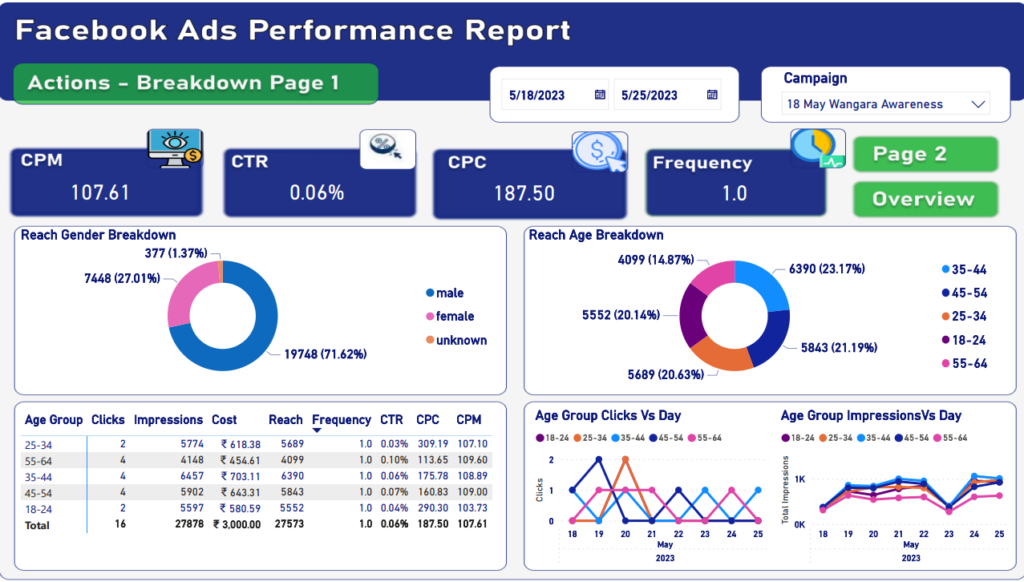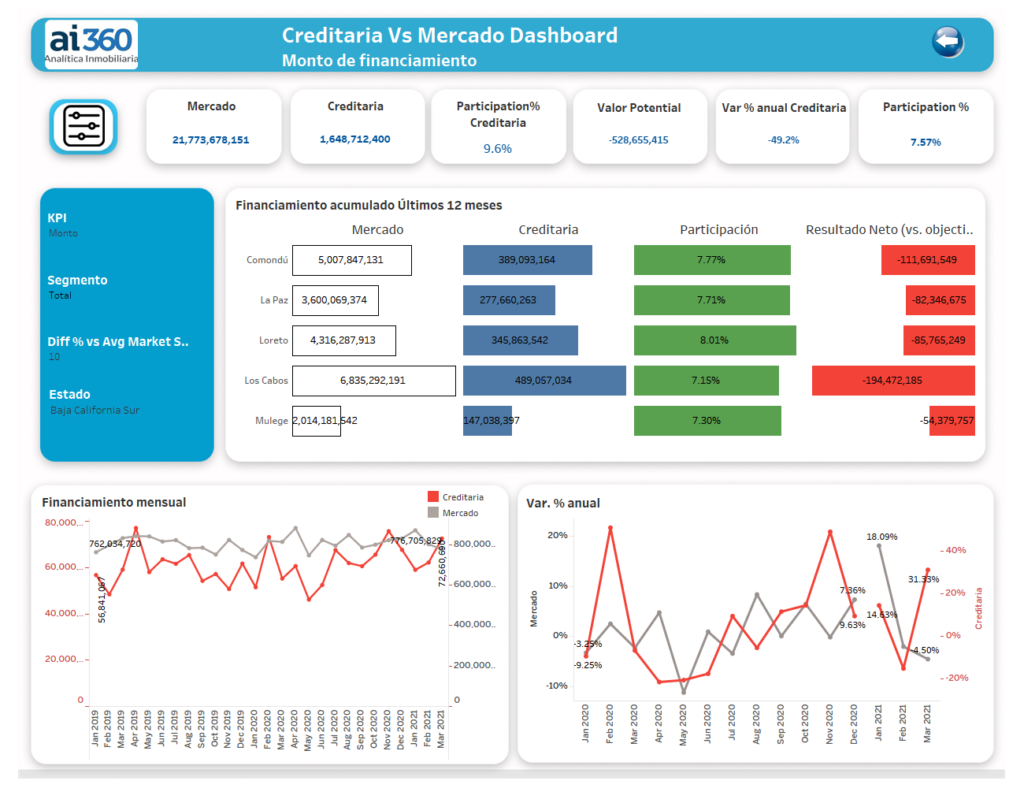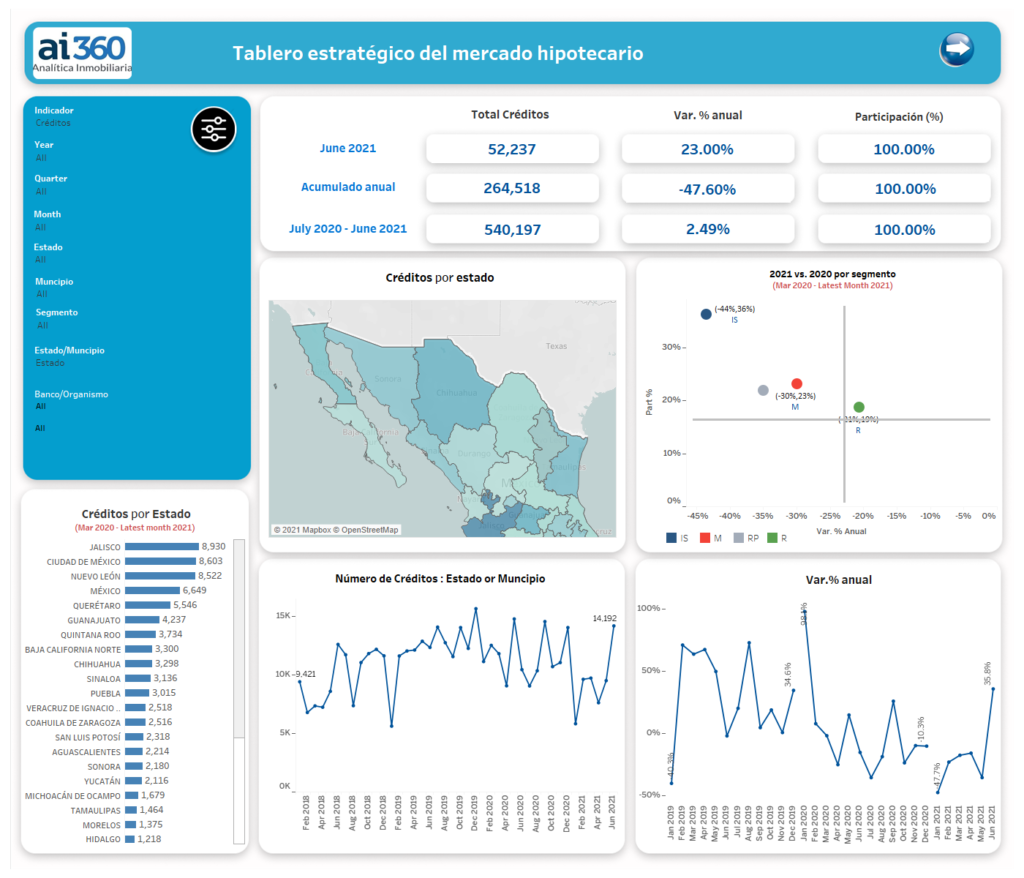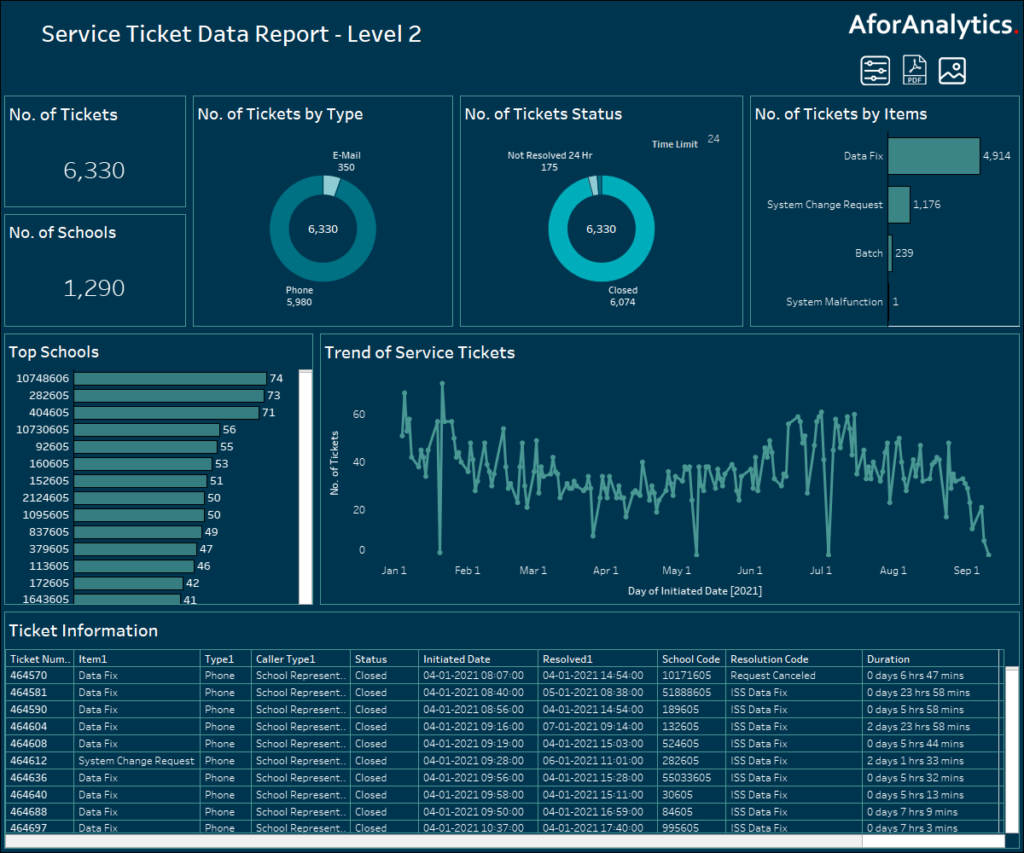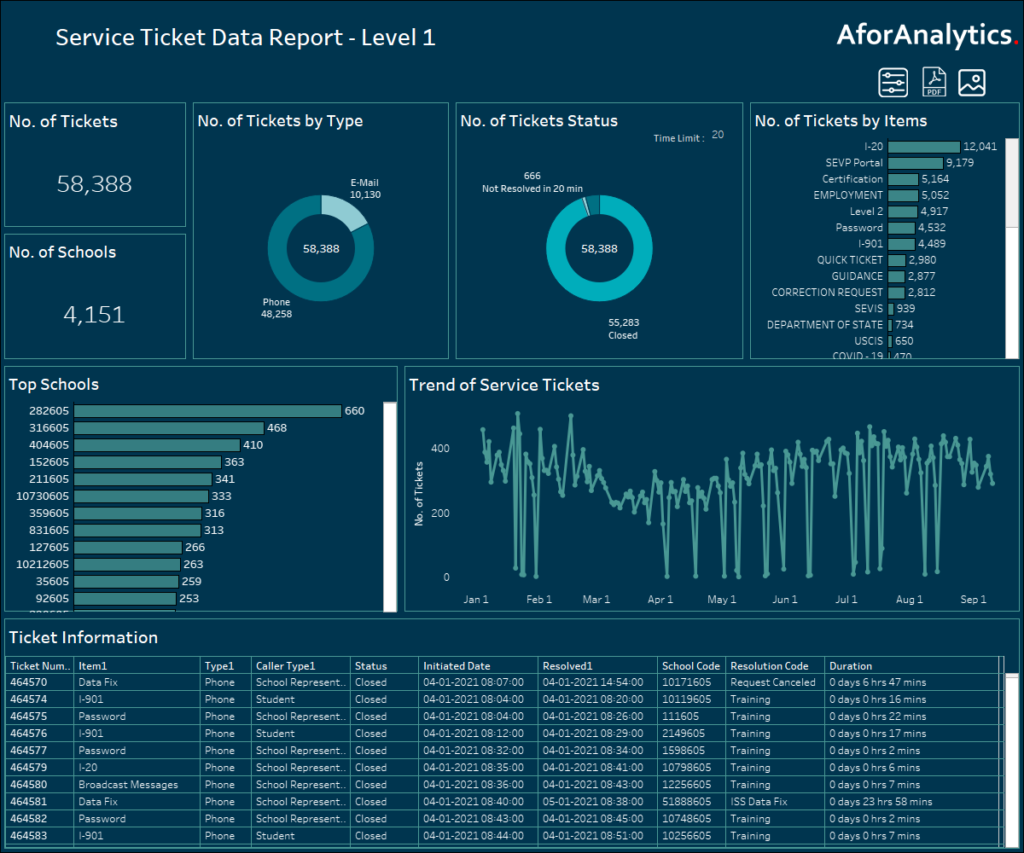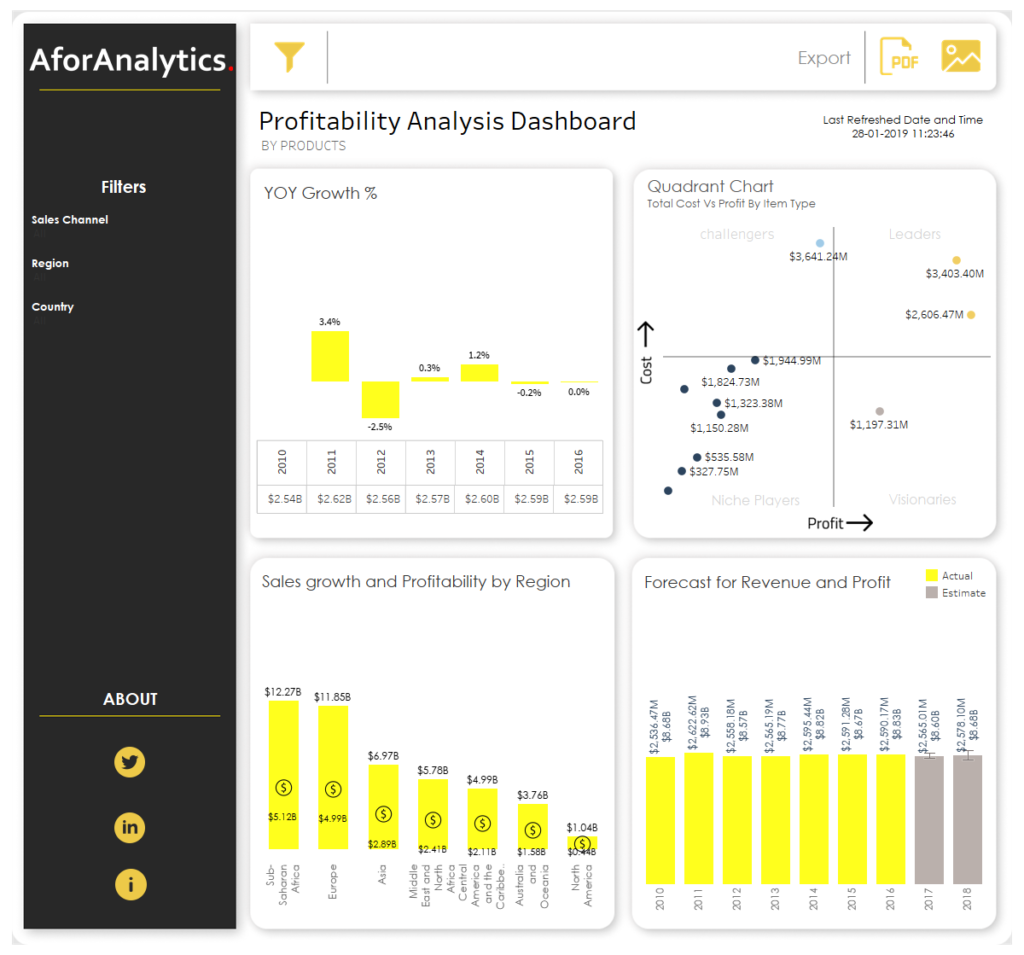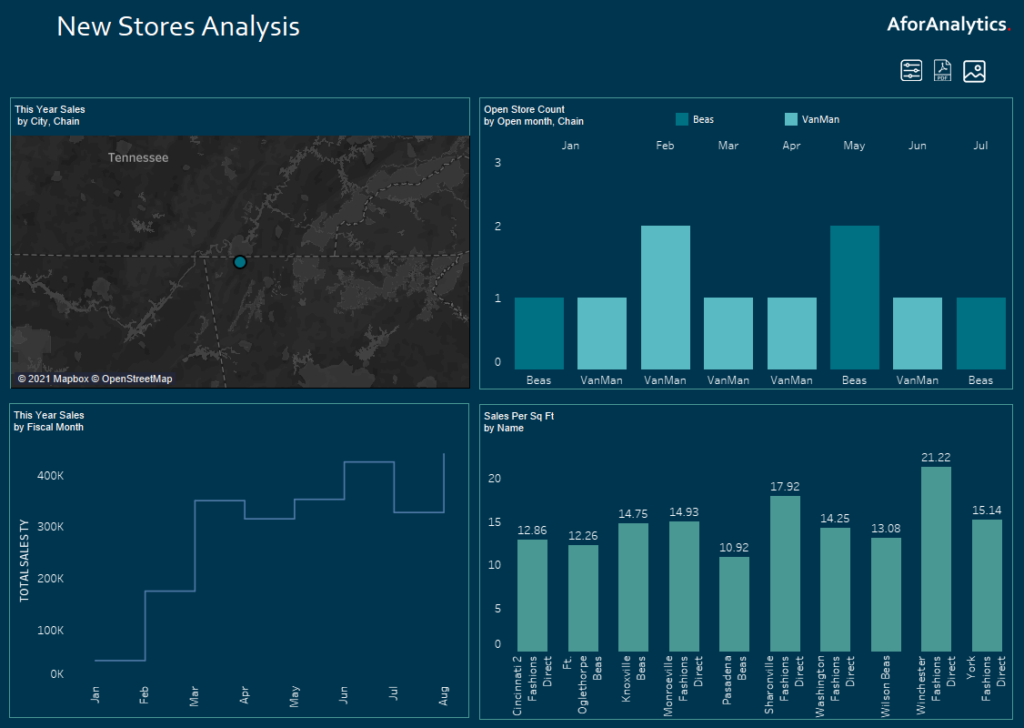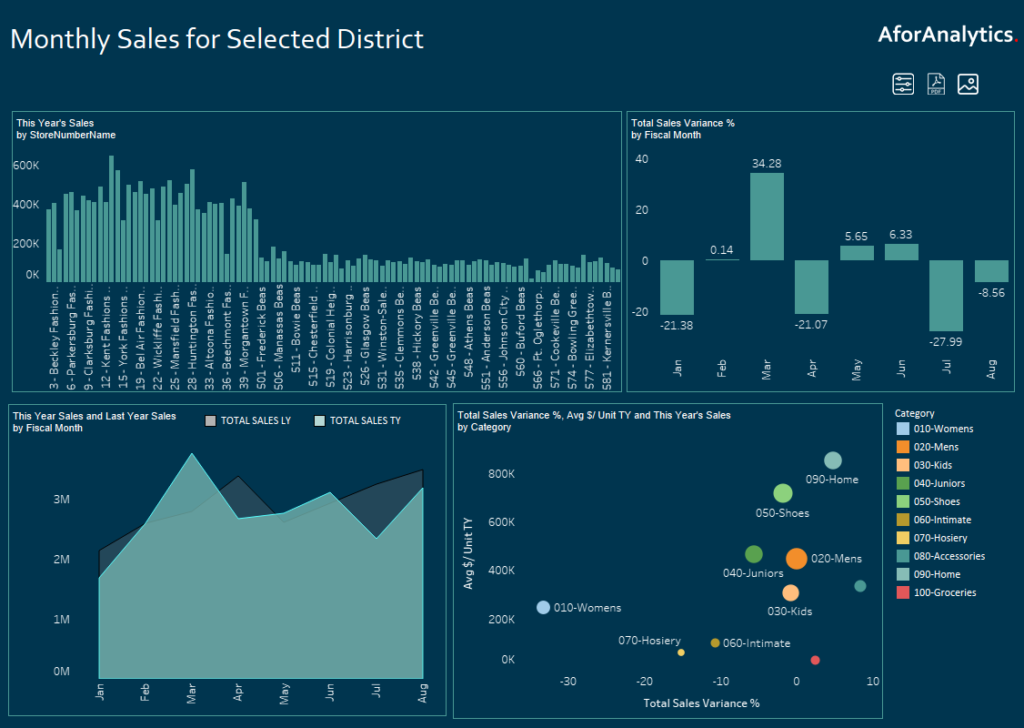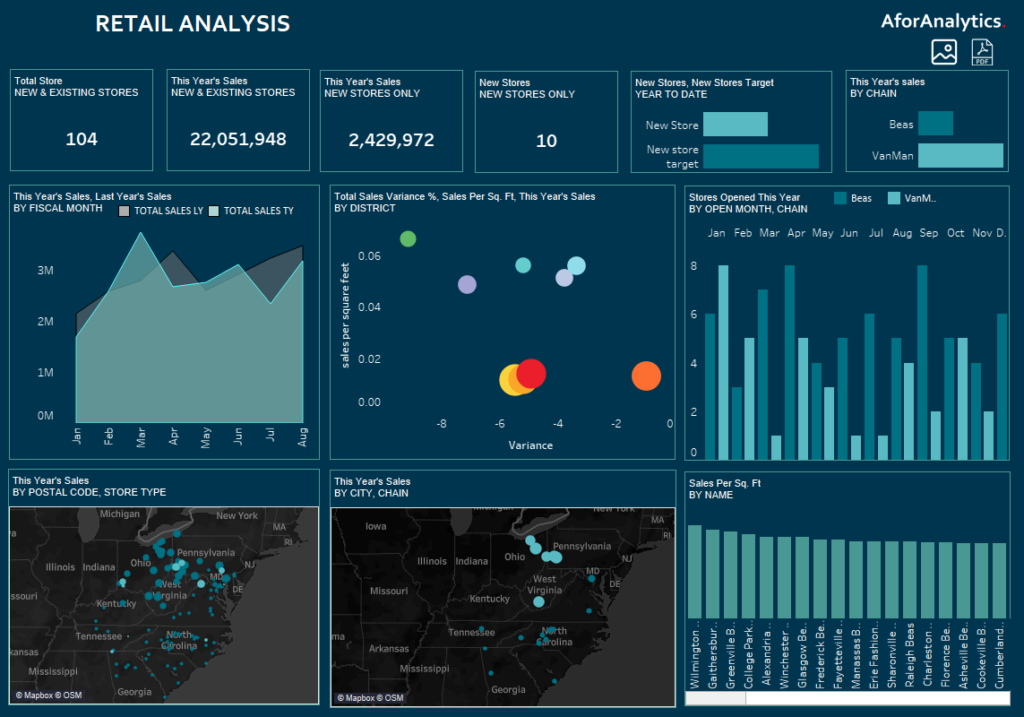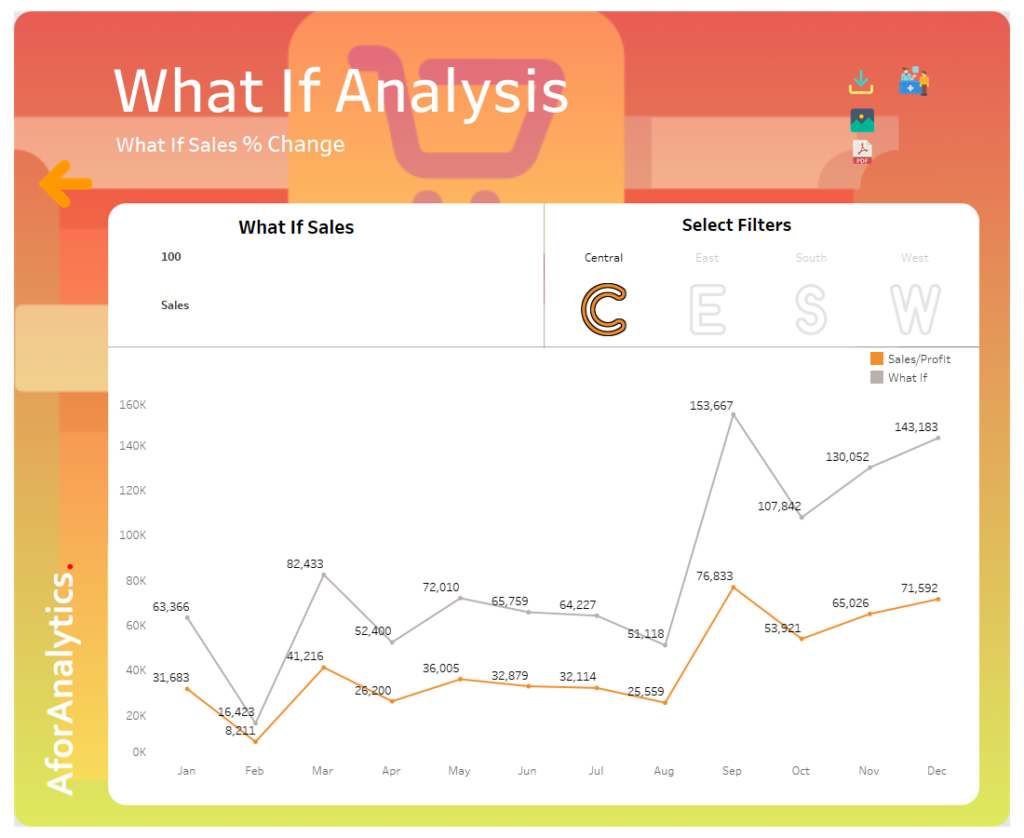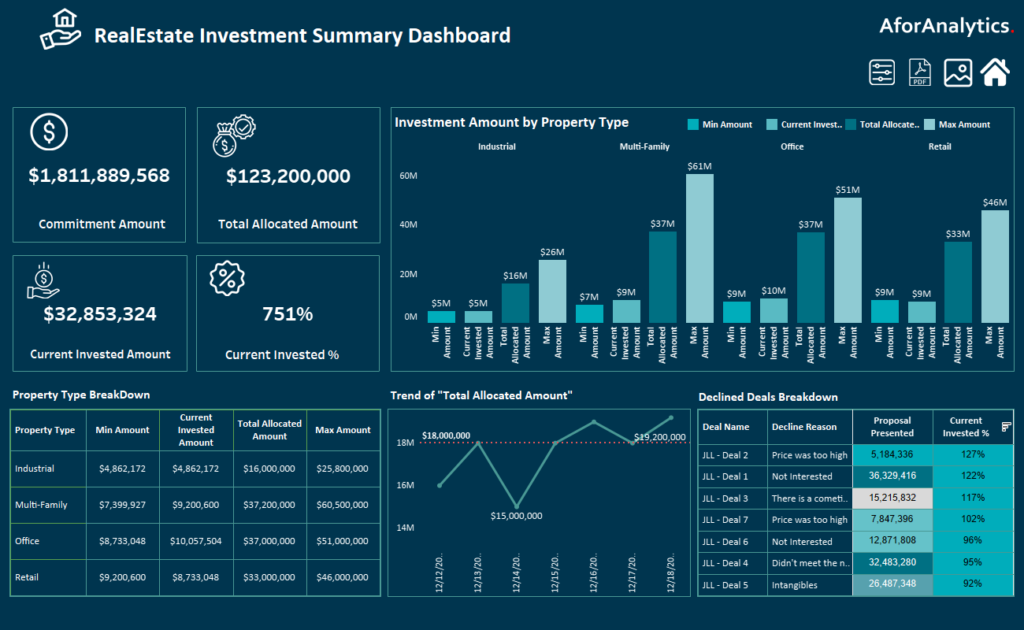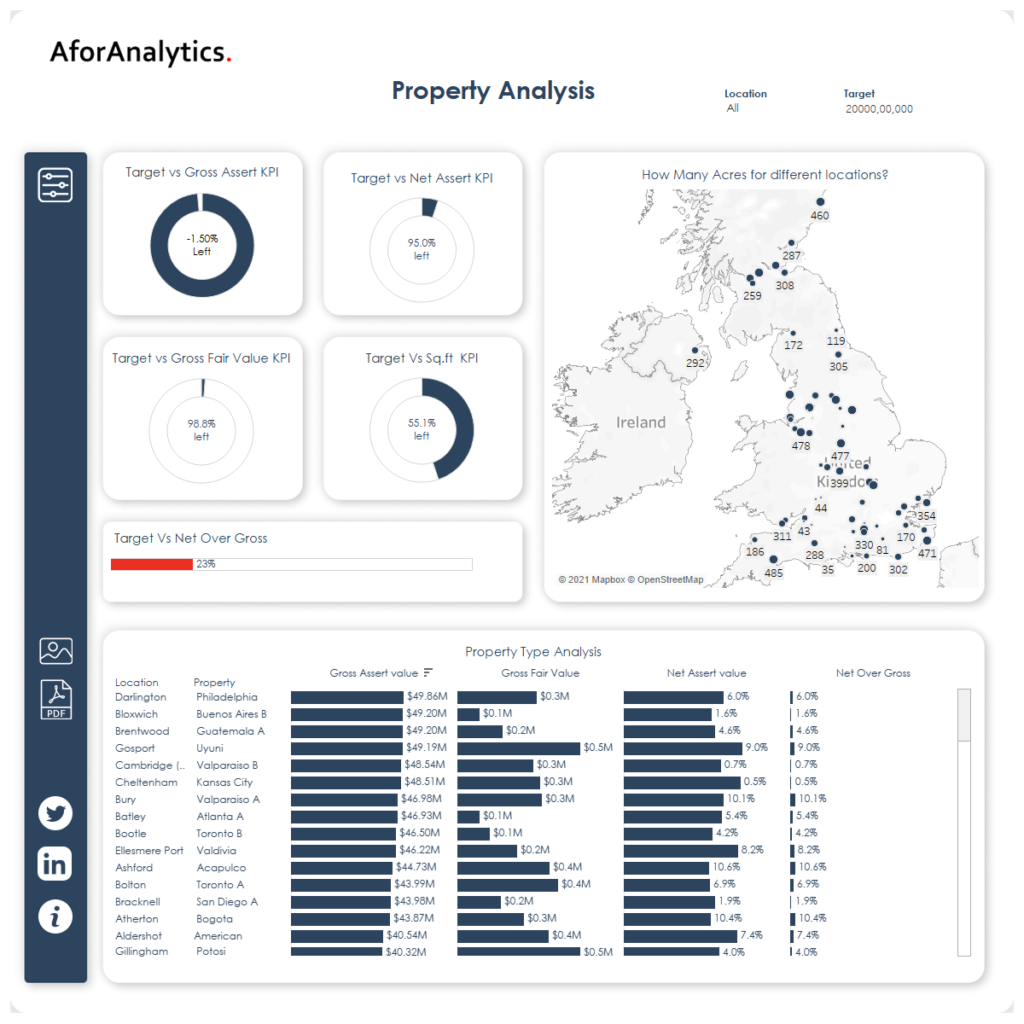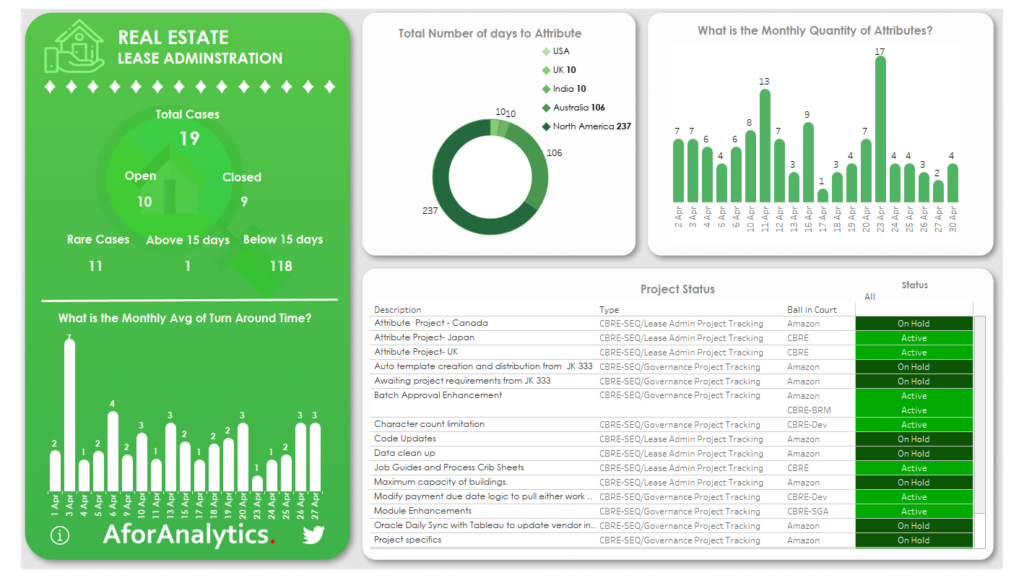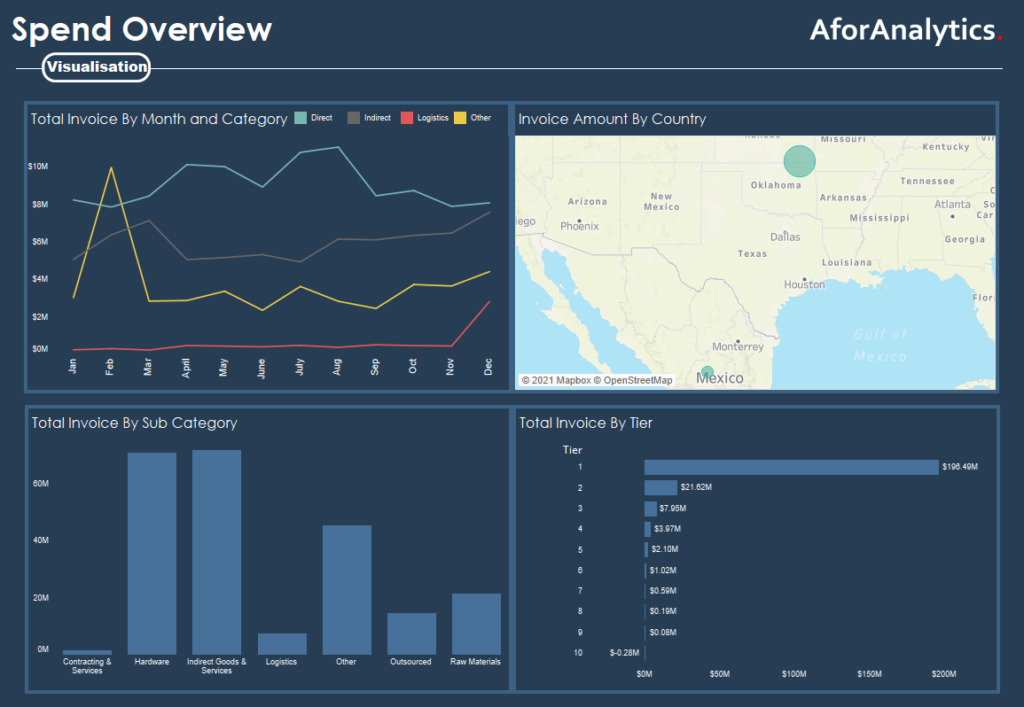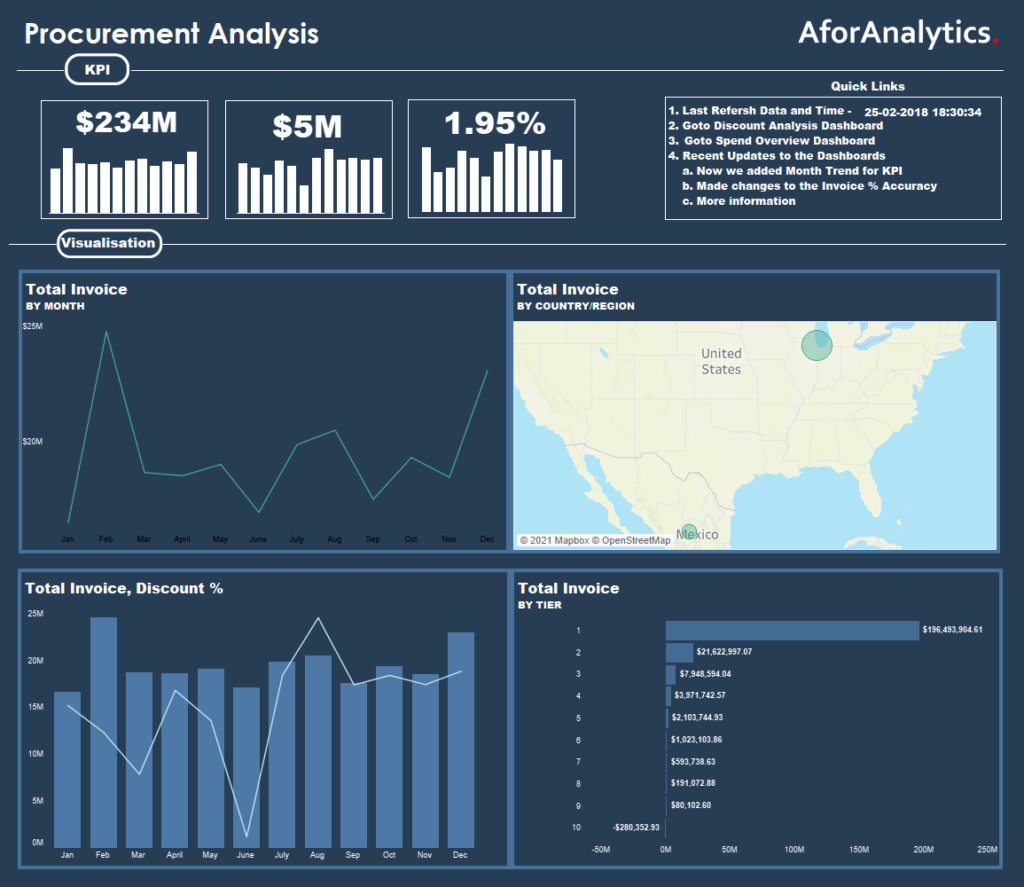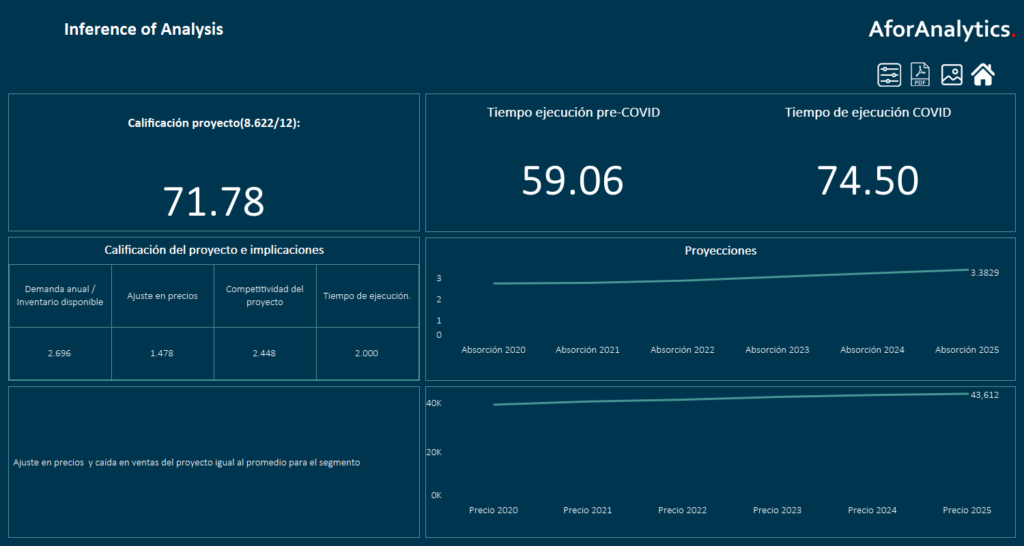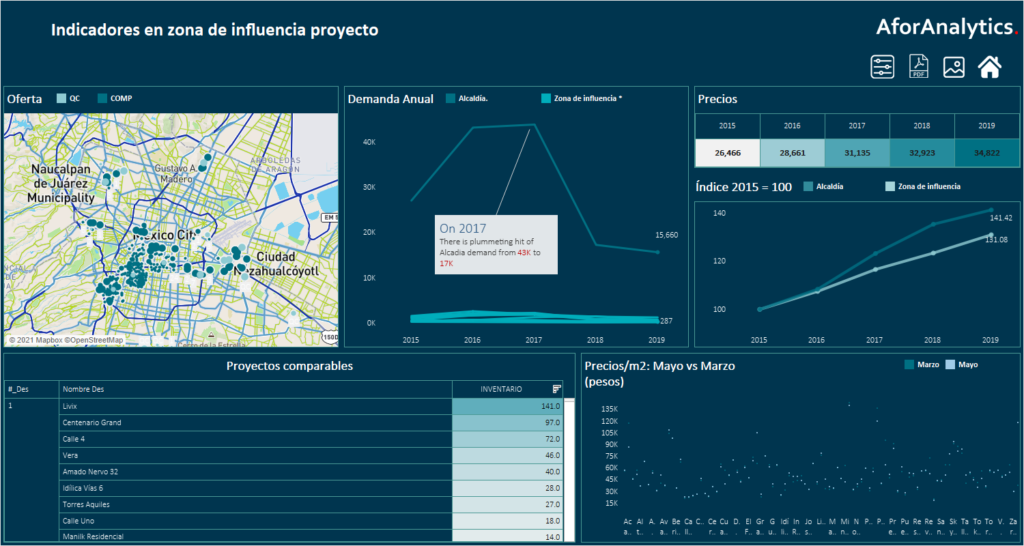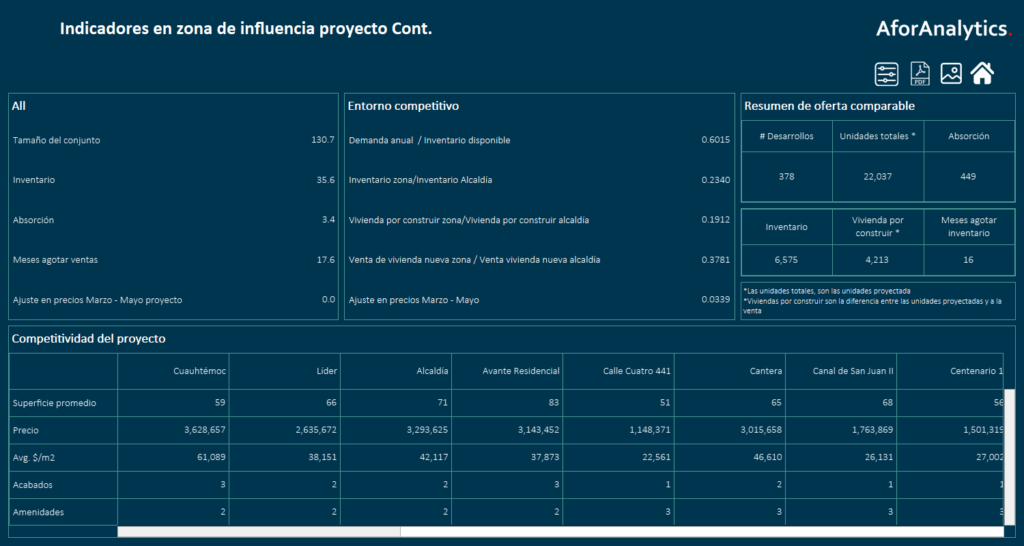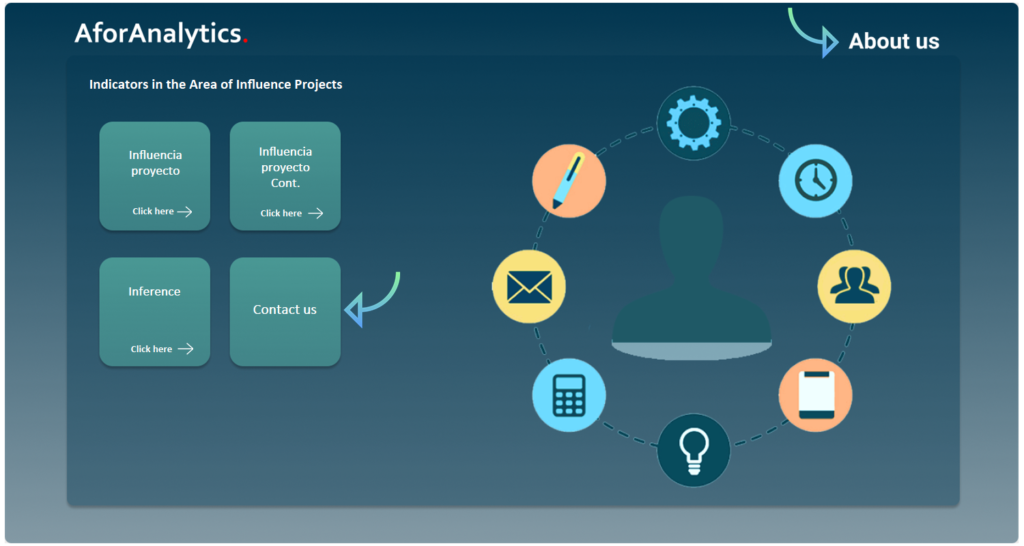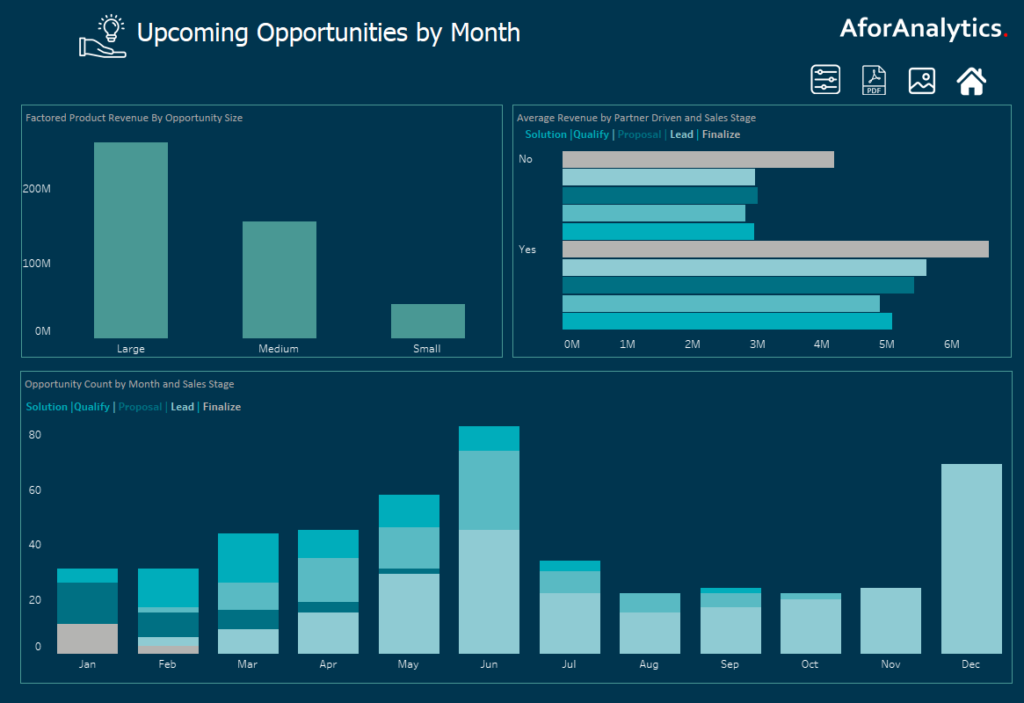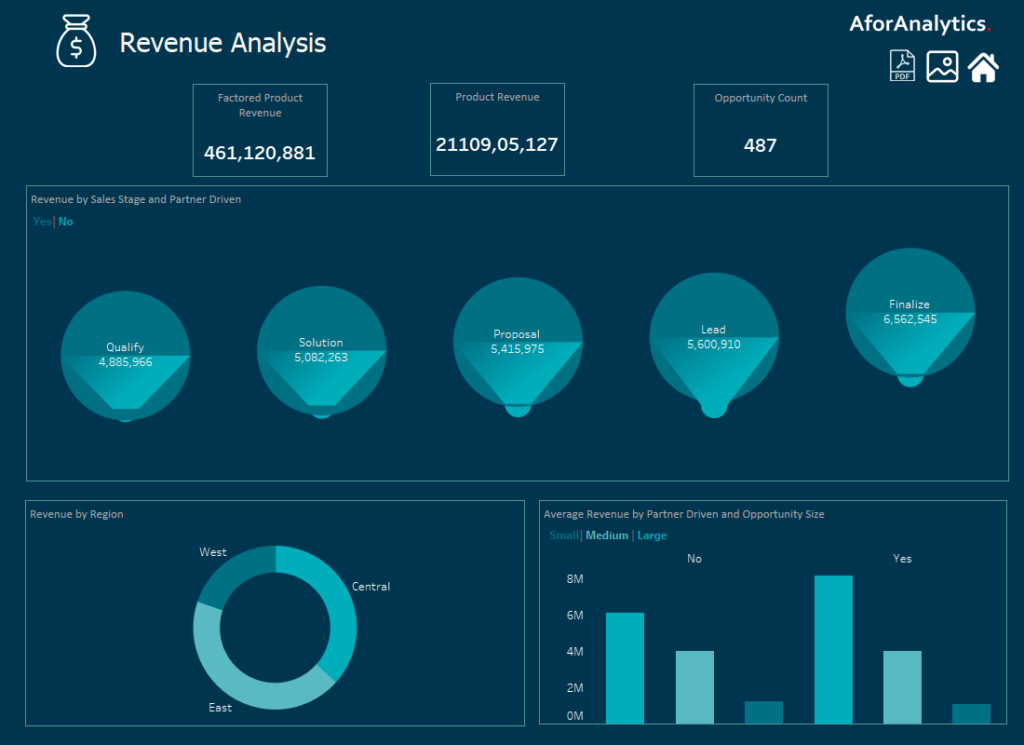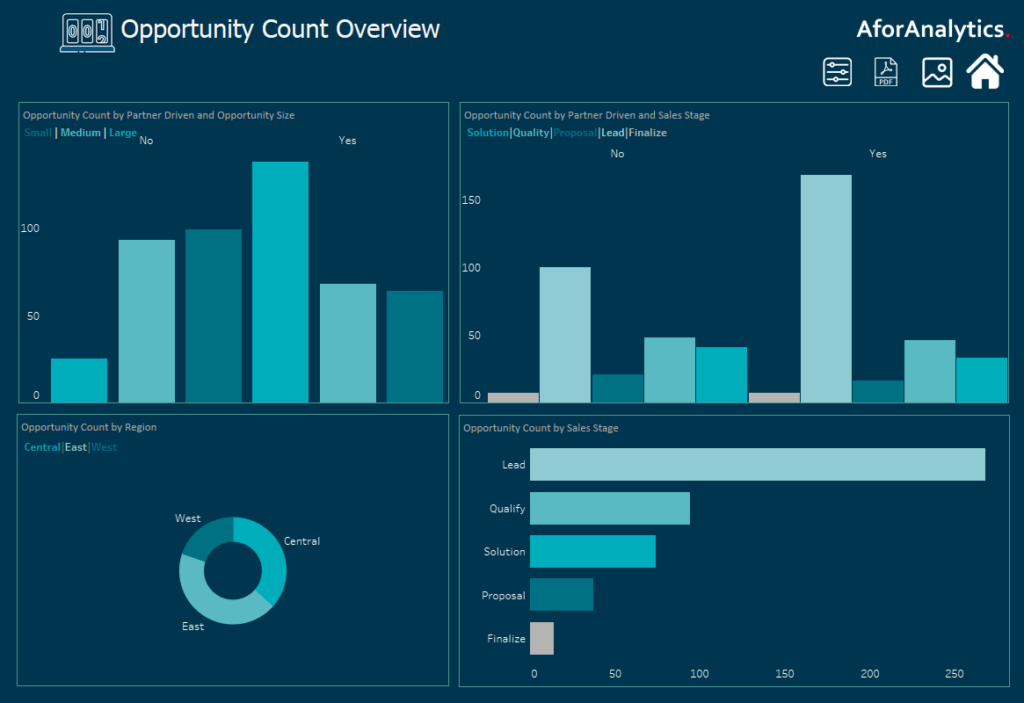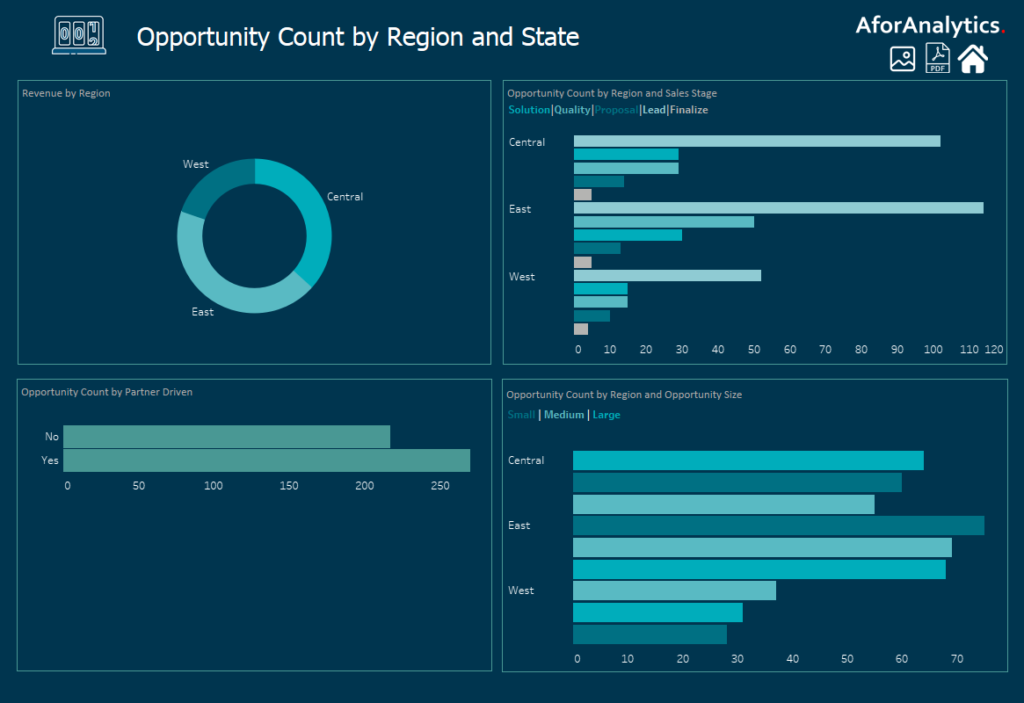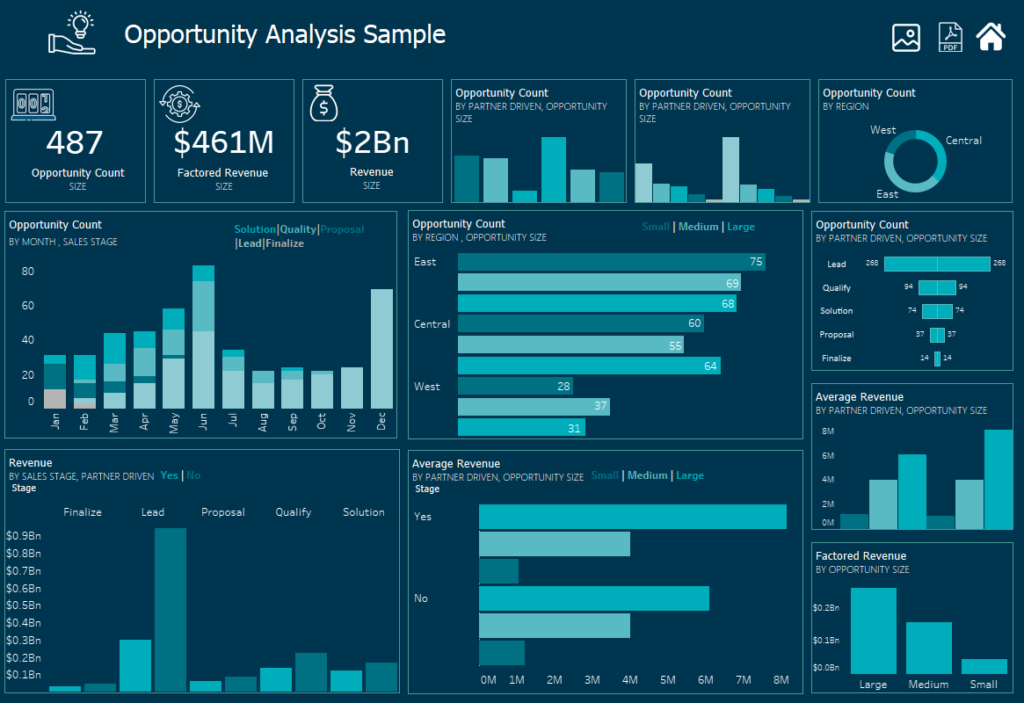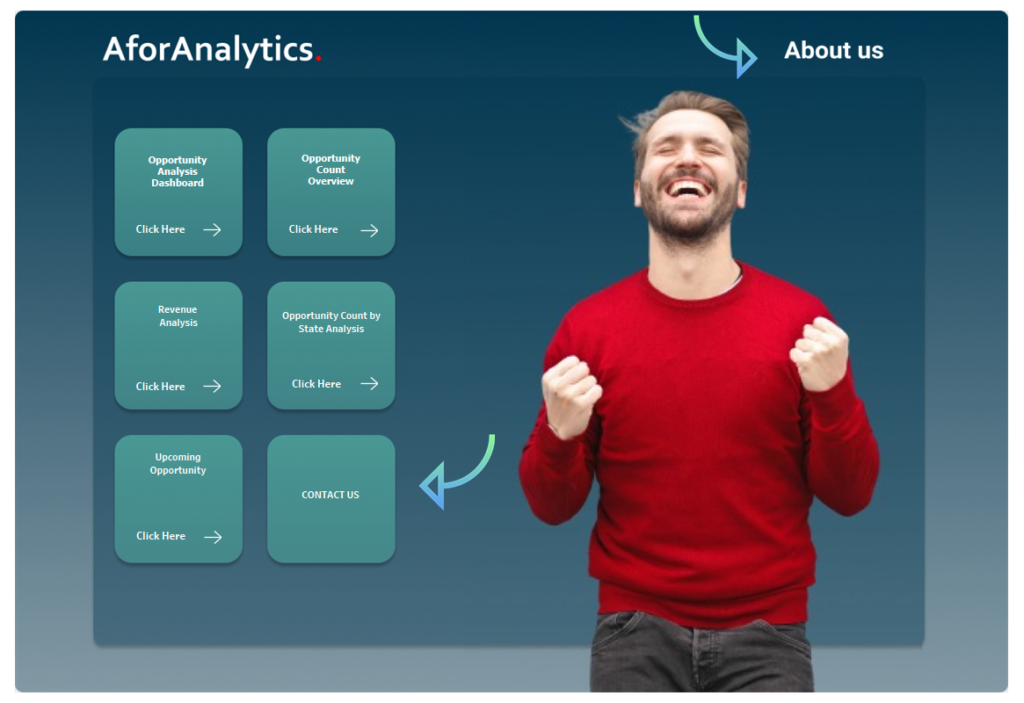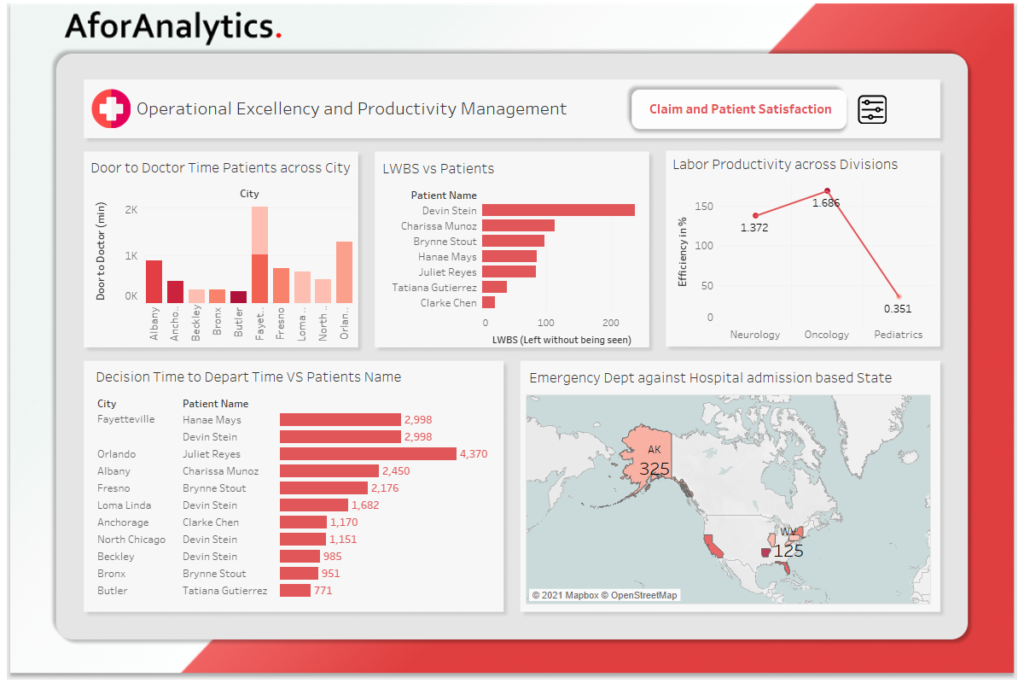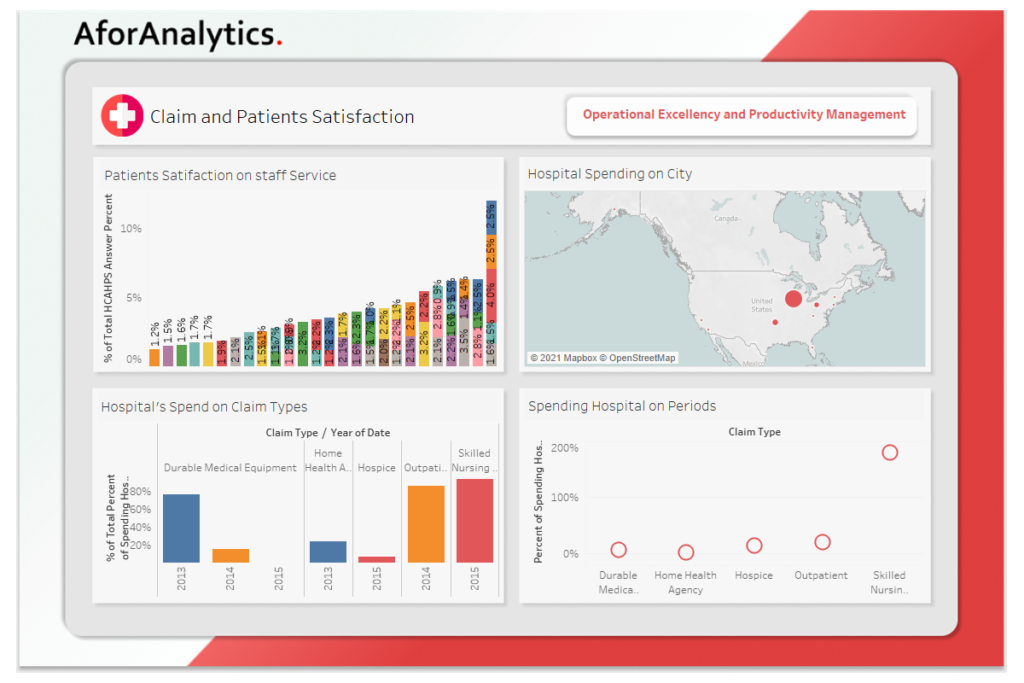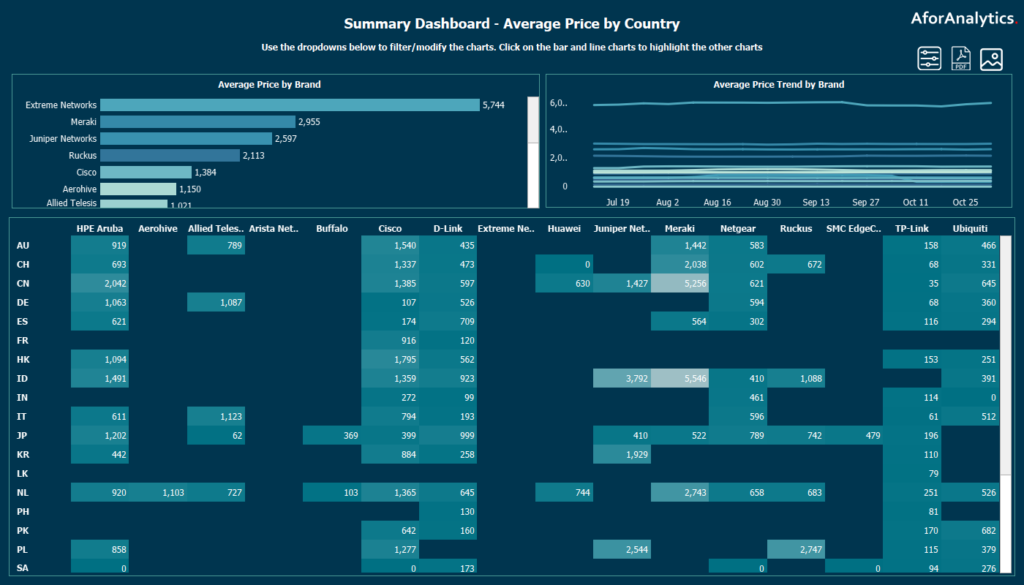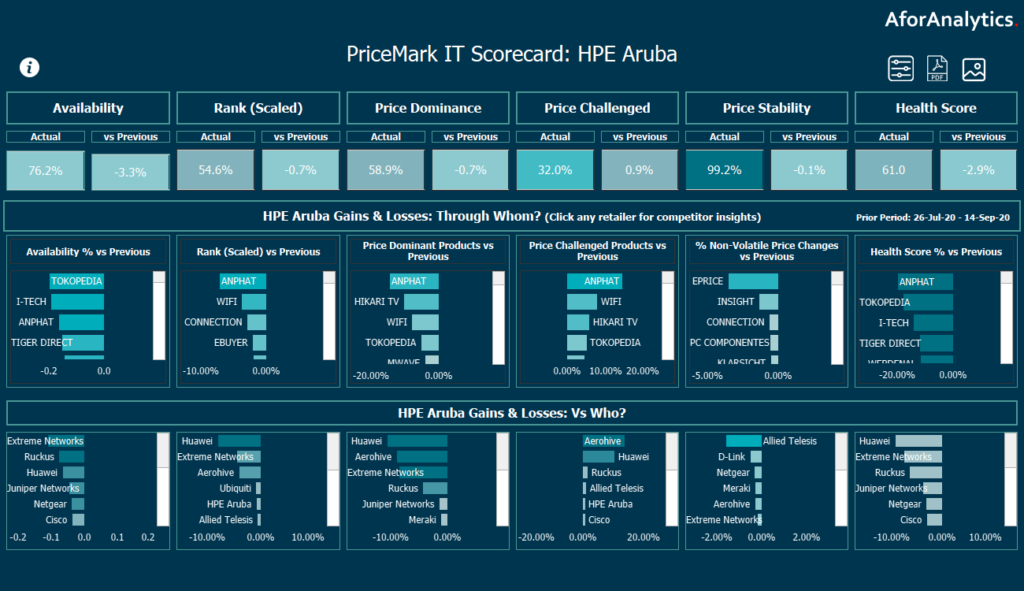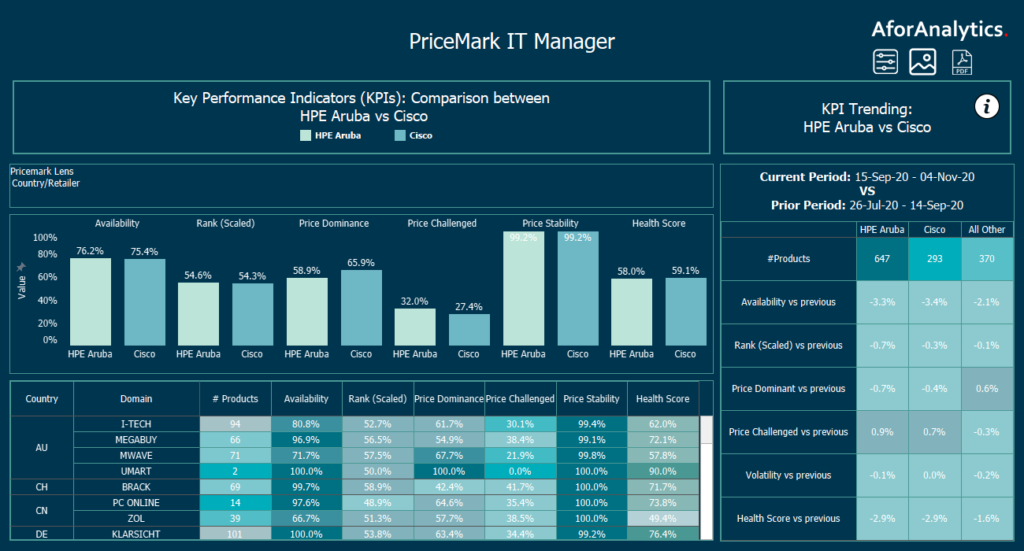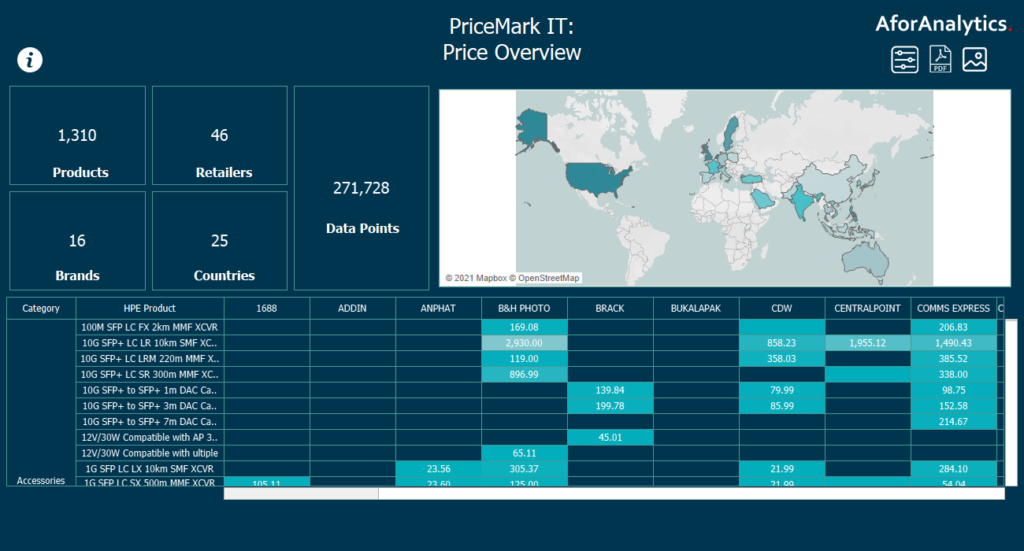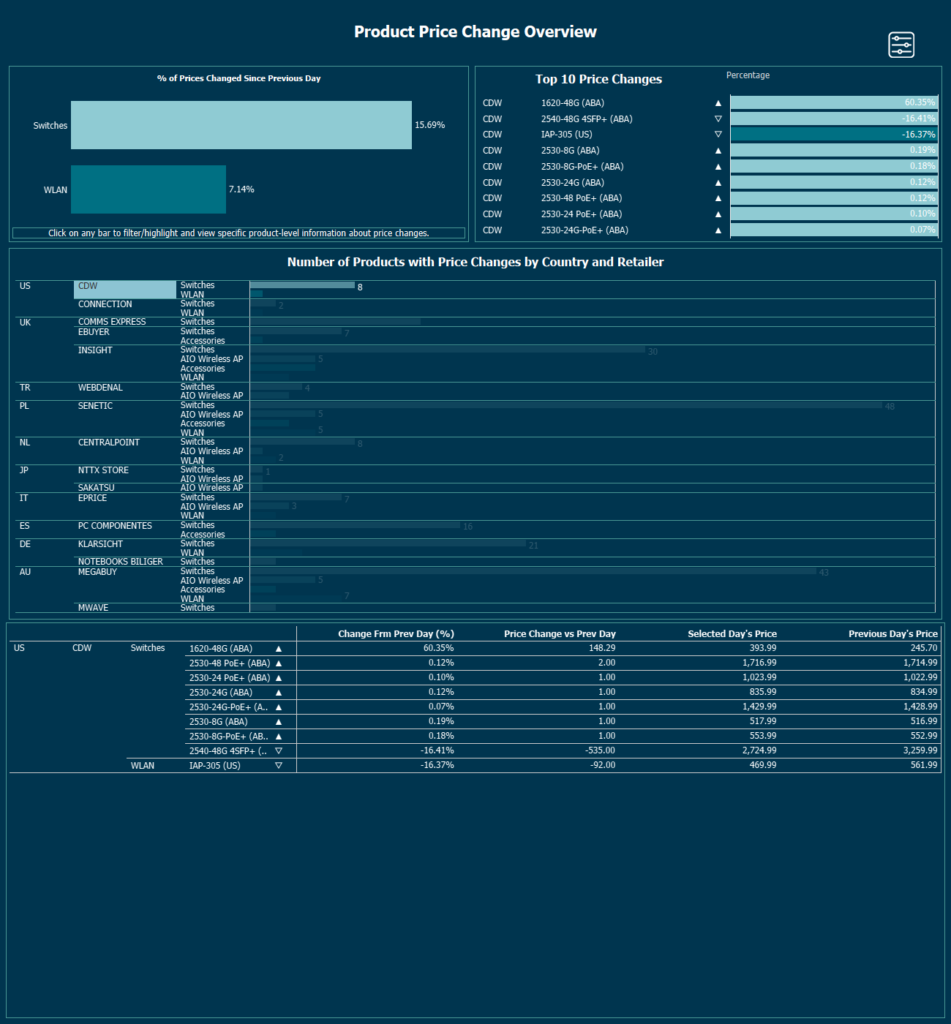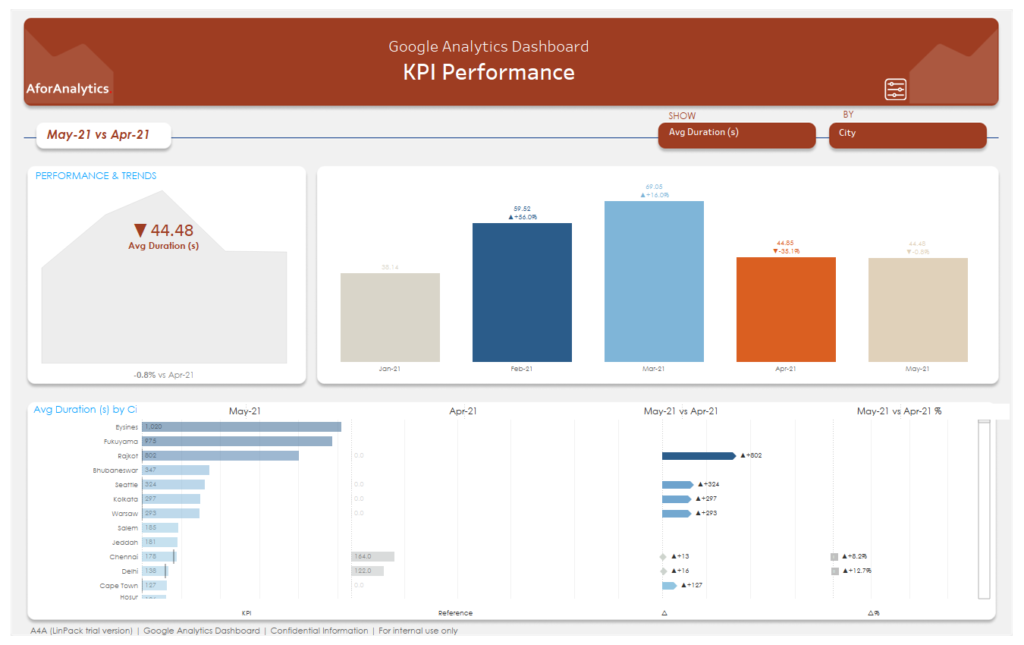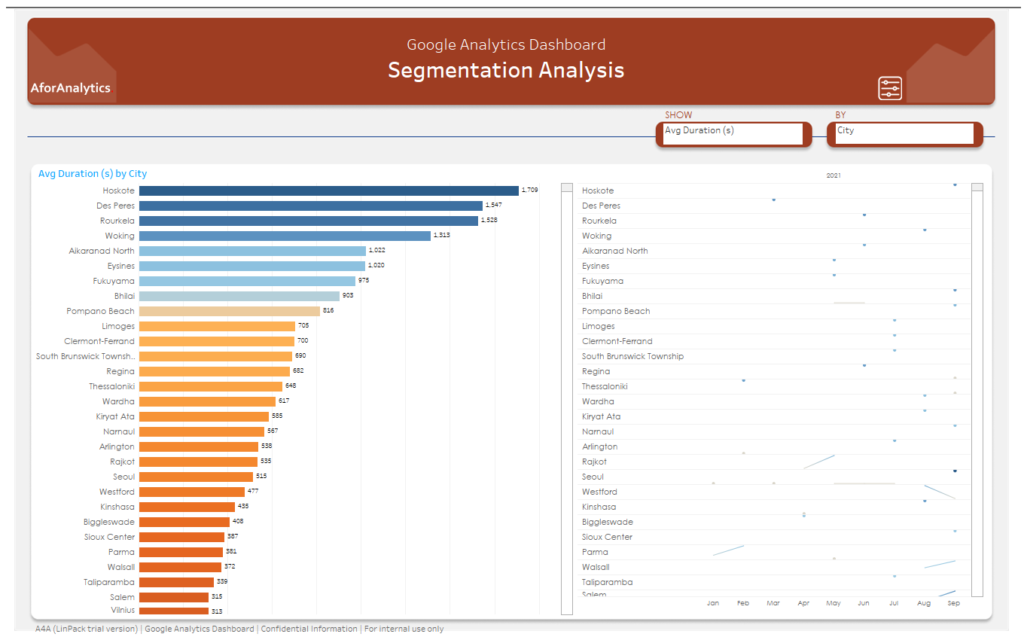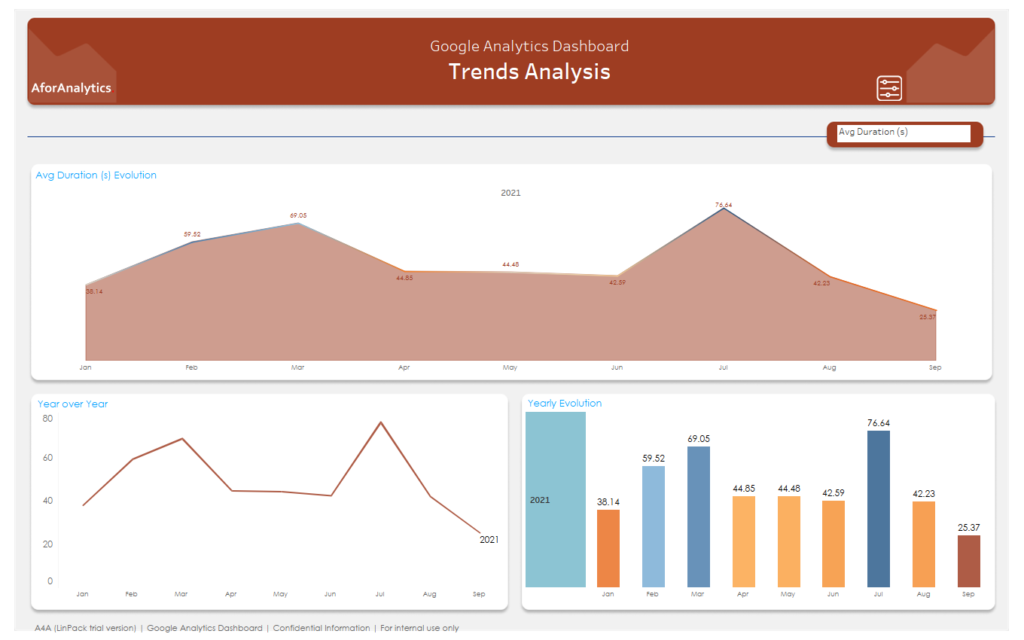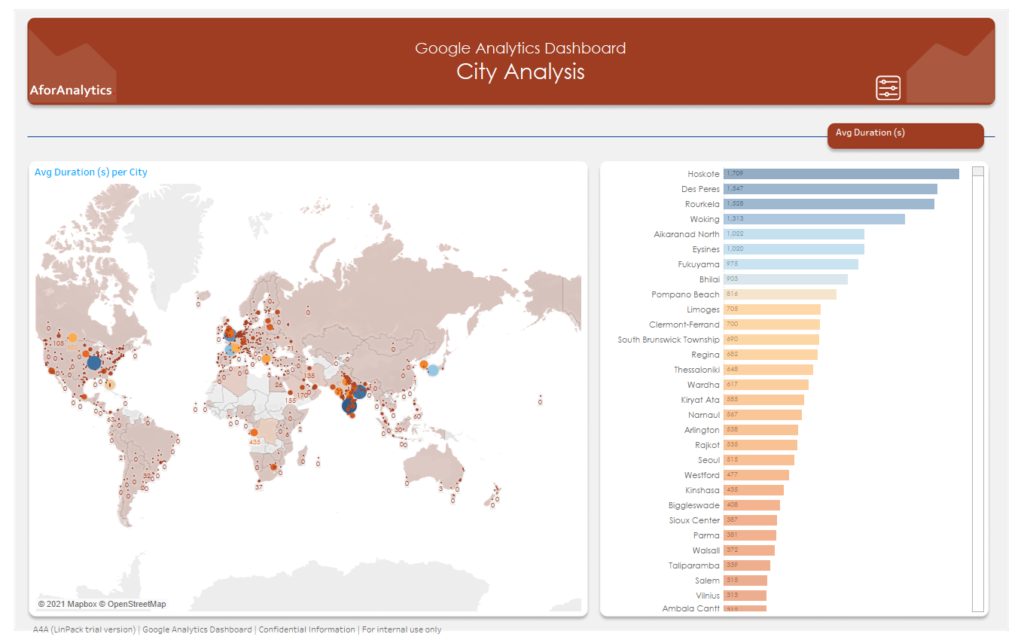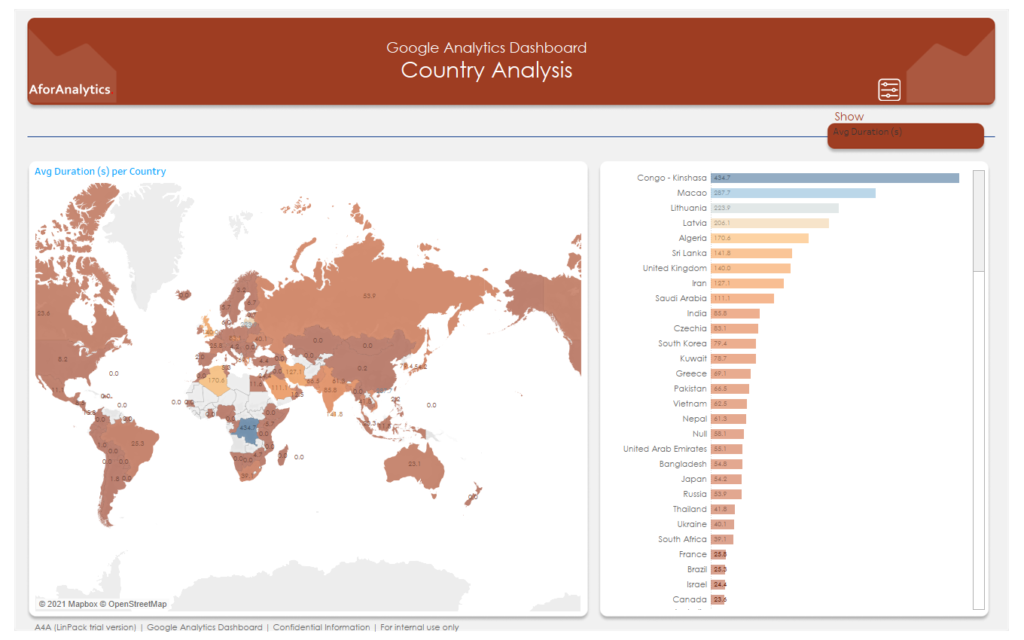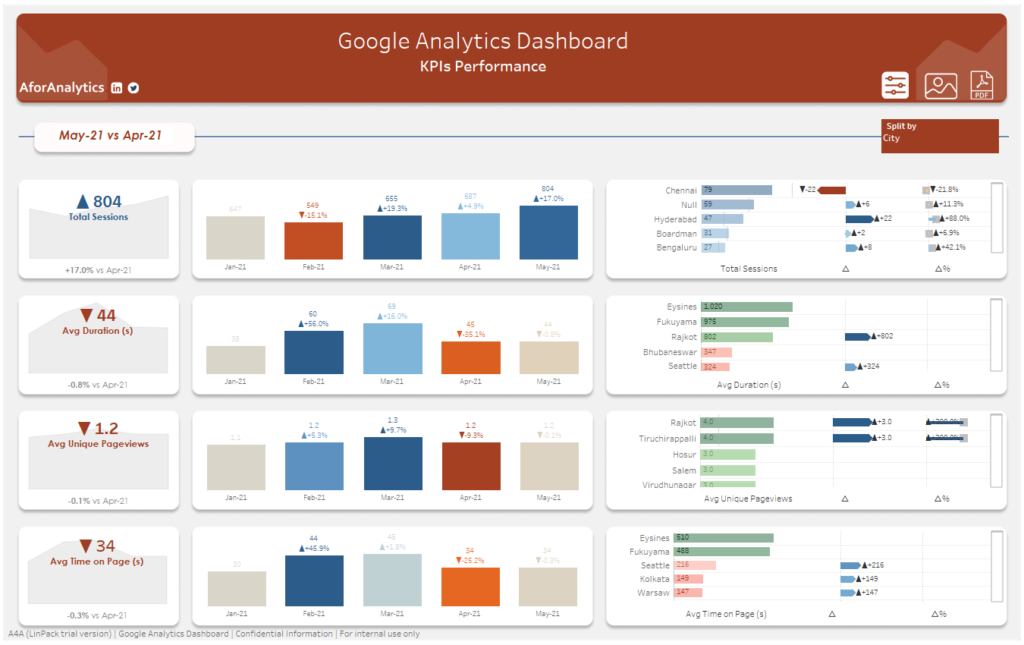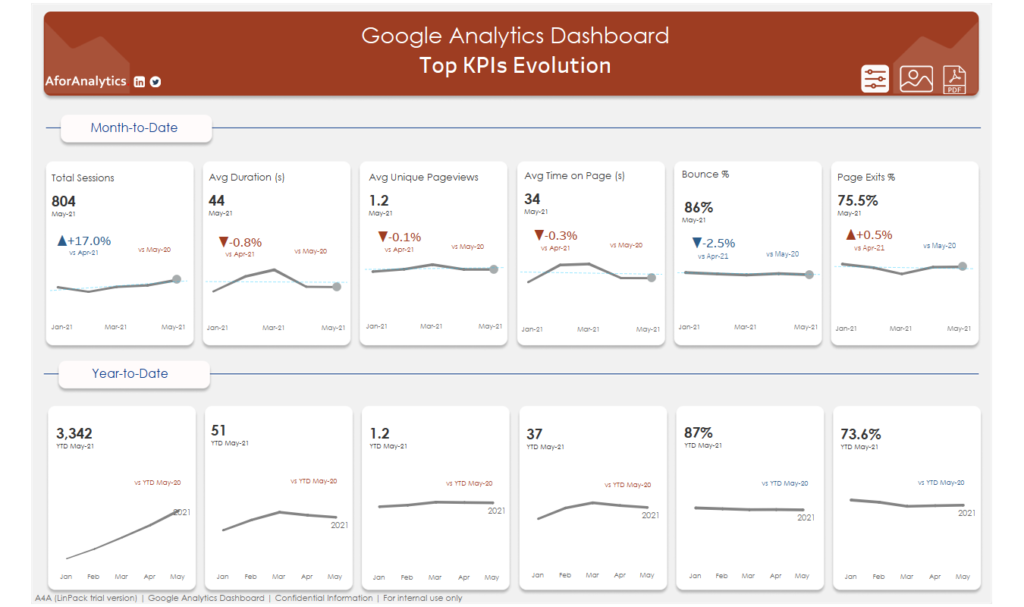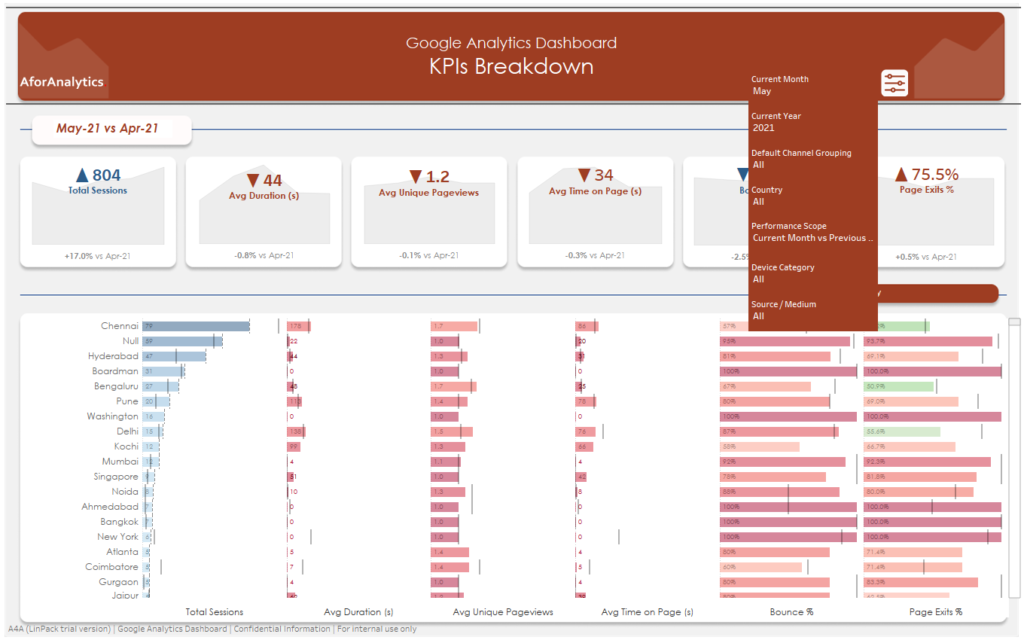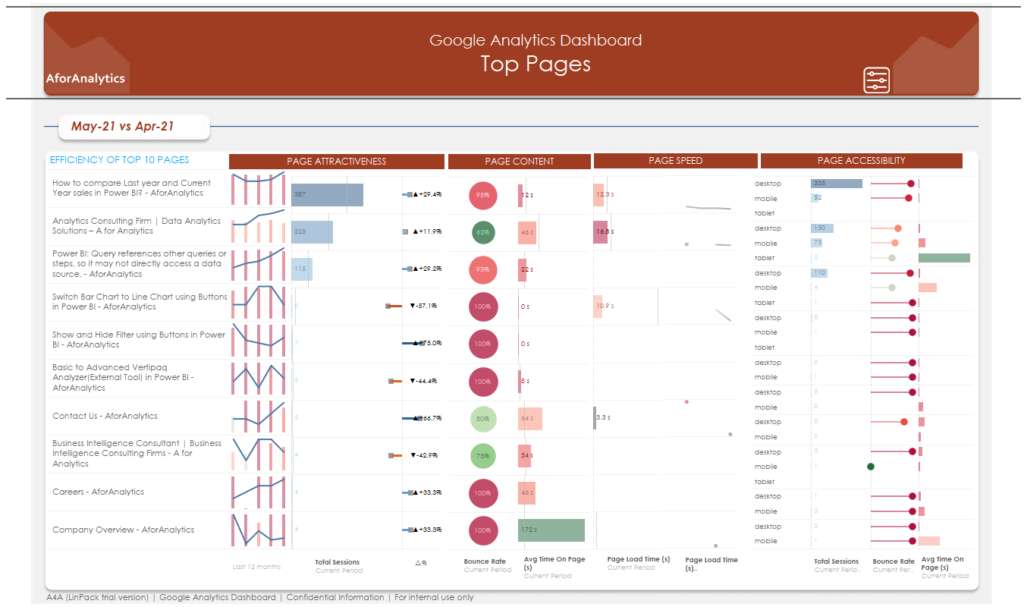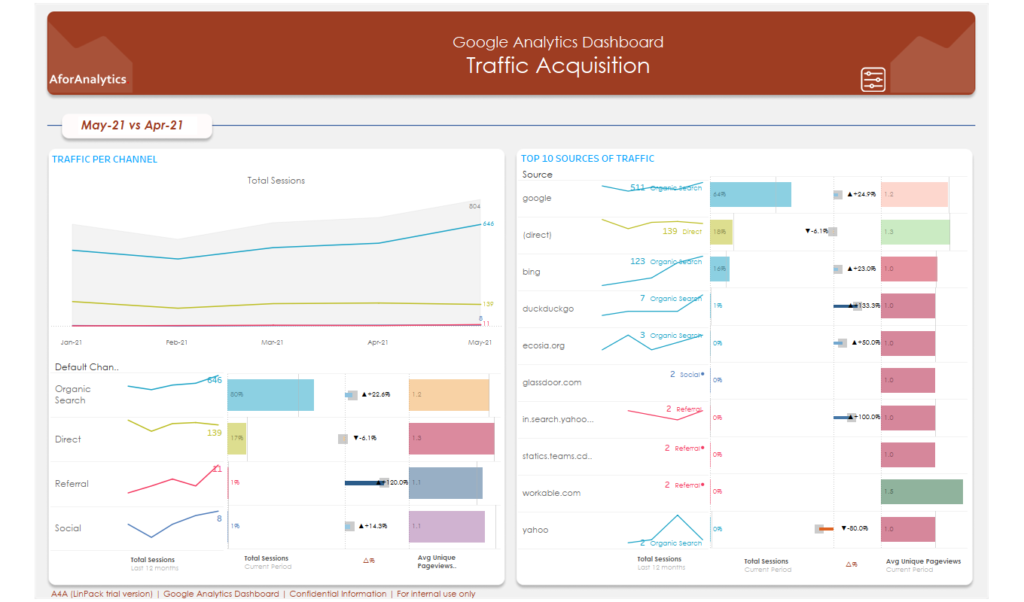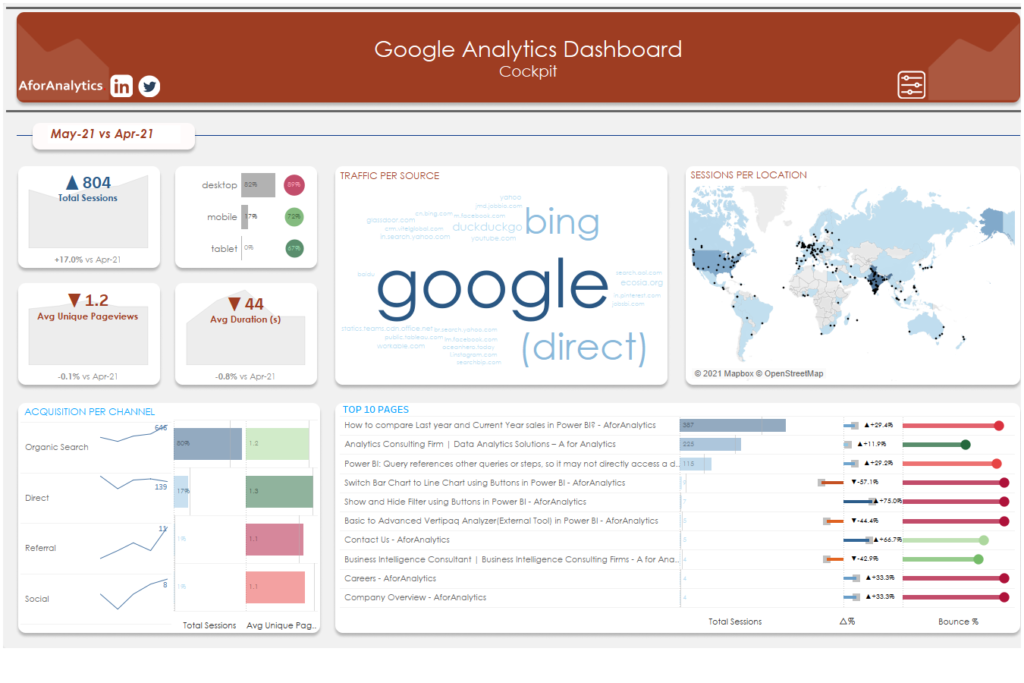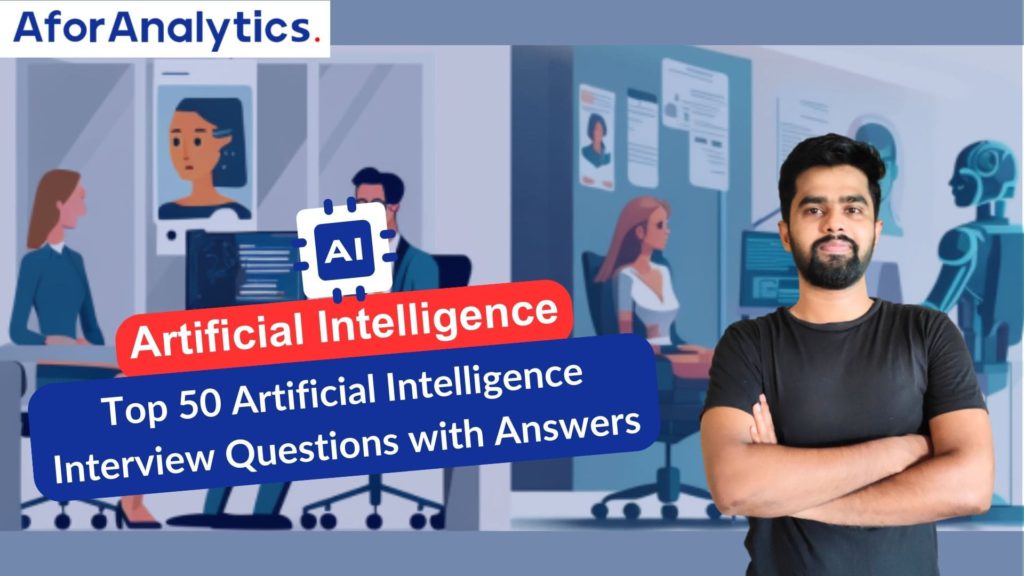
Introduction:
Are you ready to step into the fascinating world of Artificial Intelligence (AI) and prove your mettle in the competitive job market? As an expert content writer with a deep understanding of AI, I am thrilled to guide you through the top 50 Artificial Intelligence interview questions that will help you stand out in your next interview. Whether you are an AI enthusiast exploring the field or an experienced professional seeking new opportunities, this comprehensive list will prepare you for any AI interview scenario. So, let’s embark on this knowledge-filled journey to excel in your AI interview!
How to Prepare for the Artificial Intelligence Interview:
To ensure you shine brightly in your Artificial Intelligence interview, careful preparation is key. Here are some expert tips to help you effectively prepare:
Grasp AI Fundamentals: Familiarize yourself with the core concepts of AI, such as machine learning, neural networks, natural language processing, and computer vision. Understanding the nuances of supervised, unsupervised, and reinforcement learning is essential.
Embrace Real-World Applications: Dive deep into AI applications across various industries, including healthcare, finance, robotics, and autonomous systems. Showcase your knowledge of how AI solves real-world challenges.
Sharpen Your Coding Skills: AI interviews often involve coding challenges. Practice implementing machine learning algorithms, building neural networks, and working with popular AI libraries like TensorFlow and PyTorch.
Master Model Evaluation: Delve into different evaluation metrics for Artificial Intelligence models, such as accuracy, precision, recall, F1-score, and AUC-ROC. Demonstrate an understanding of the bias-variance tradeoff and techniques to prevent overfitting.
Stay Ahead of Emerging Trends: Stay updated with the latest AI research, breakthroughs, and industry trends. Be prepared to discuss cutting-edge advancements and their potential impact.
Now that you are well-equipped with the preparation tips, let’s dive into the top 50 AI interview questions that will elevate your interview performance.
Basic Level:
Sure, here are the answers to the basic level questions:
1. What is Artificial Intelligence (AI)?
Artificial Intelligence (AI) is a branch of computer science that focuses on creating intelligent machines that can perform tasks that typically require human intelligence. These tasks may include problem-solving, learning, reasoning, perception, speech recognition, and language translation.
2. Explain the difference between Narrow AI and General AI.
Narrow AI, also known as Weak AI, refers to AI systems designed and trained for a specific or narrow range of tasks. They excel at performing those tasks but lack general cognitive abilities. On the other hand, General AI, also known as Strong AI or Artificial General Intelligence (AGI), would have the ability to understand, learn, and apply knowledge across diverse tasks similar to human intelligence.
3. What are the main branches of Artificial Intelligence?
The main branches of Artificial Intelligence are:
- Machine Learning (ML)
- Natural Language Processing (NLP)
- Computer Vision
- Robotics
- Expert Systems
- Speech Recognition
4. Describe the basic components of an AI system.
The basic components of an AI system include:
- Input: Data or information provided to the system for processing.
- Processing: The algorithms and computations that analyze the input data.
- Output: The results or decisions generated by the system based on the processing.
- Feedback: The system’s ability to learn and improve its performance based on feedback from the environment.
5. What is Machine Learning (ML)?
Machine Learning is a subset of Artificial Intelligence that focuses on developing algorithms and models that enable machines to learn from data and improve their performance on a specific task without being explicitly programmed. It allows systems to recognize patterns, make predictions, and take actions based on the data they have learned from.
6. Differentiate between supervised, unsupervised, and reinforcement learning.
- Supervised Learning: In supervised learning, the model is trained on labeled data, where the input data is paired with corresponding target labels. The goal is to learn a mapping function that can predict the correct label for new, unseen data.
- Unsupervised Learning: Unsupervised learning involves training the model on unlabeled data. The algorithm tries to find patterns or structures within the data without specific target labels.
- Reinforcement Learning: In reinforcement learning, an agent interacts with an environment and learns to make decisions by receiving feedback in the form of rewards or penalties. The goal is to maximize the cumulative reward over time.
7. What are the primary steps involved in the machine learning process?
The primary steps in the machine learning process are:
- Data Collection and Preprocessing
- Model Selection
- Training the Model
- Evaluation and Fine-tuning
- Prediction and Inference
8. How does deep learning differ from traditional machine learning?
Deep learning is a subset of machine learning that uses artificial neural networks to model and process data. Unlike traditional machine learning algorithms, which rely on feature engineering and manual selection of relevant features, deep learning algorithms can automatically learn hierarchical representations of data through multiple layers of neural networks. This ability to learn intricate features makes deep learning particularly powerful in tasks like image and speech recognition.
9. What are neural networks, and how do they work?
Neural networks are computational models inspired by the structure and function of the human brain. They consist of interconnected nodes, called neurons, organized into layers. Each neuron processes information and passes it to the neurons in the subsequent layer. Through the process of forward and backward propagation, neural networks can learn to approximate complex functions and make predictions based on input data.
10. What is data preprocessing in machine learning, and why is it essential?
Data preprocessing is the process of cleaning, transforming, and preparing raw data to make it suitable for machine learning algorithms. It involves tasks like handling missing data, normalizing or scaling features, encoding categorical variables, and removing outliers. Proper data preprocessing is crucial as it can significantly impact the performance and accuracy of machine learning models.
11. How do you evaluate the performance of a machine learning model?
Model evaluation involves assessing how well a machine learning model performs on unseen data. Common evaluation metrics include accuracy, precision, recall, F1 score, and mean squared error, depending on the type of problem (classification or regression). Cross-validation and hold-out validation are used to avoid overfitting and get a reliable estimate of the model’s generalization performance.
12. What are some popular machine learning libraries and frameworks?
Some popular machine learning libraries and frameworks include:
- Scikit-learn (Python)
- TensorFlow (Python)
- Keras (Python)
- PyTorch (Python)
- Microsoft Cognitive Toolkit (CNTK)
- Theano (Python)
13. What is the role of AI in data analysis and decision-making?
Artificial Intelligence plays a significant role in data analysis by automating data processing, pattern recognition, and predictive modeling. It helps organizations gain valuable insights from vast amounts of data, leading to better-informed decision-making and improved business outcomes.
Intermediate Level:
14. What are some common optimization algorithms used in AI?
Common optimization algorithms used in Artificial Intelligence include Gradient Descent (and its variants like Stochastic Gradient Descent and Mini-batch Gradient Descent), Adam (Adaptive Moment Estimation), RMSprop (Root Mean Square Propagation), and AdaGrad (Adaptive Gradient Algorithm). These algorithms are used to find the optimal parameters for machine learning models by minimizing the cost or loss function.
15. How do you handle missing data in a dataset?
Handling missing data is essential for effective data analysis. Some common approaches include:
- Removing rows or columns with missing values (if the missing data is minimal).
- Imputation techniques, such as mean, median, and mode imputation.
- Predictive modeling to estimate missing values using other features.
- Multiple Imputation, where the missing values are imputed multiple times to create several complete datasets, which are then analyzed together.
16. Explain the concept of backpropagation in neural networks.
Backpropagation is the core algorithm used to train neural networks in supervised learning tasks. It involves two main steps: forward pass and backward pass. During the forward pass, the input data is fed through the neural network, and predictions are made. The error between the predicted output and the actual target is calculated using a loss function. In the backward pass, this error is propagated back through the network, adjusting the weights and biases of the neurons using optimization algorithms like gradient descent. This process is repeated iteratively until the model converges to a satisfactory level of accuracy.
17. What is the difference between classification and regression tasks?
Classification and regression are two types of supervised learning tasks:
- Classification: In classification, the goal is to predict the category or class label of the input data. The output is discrete and represents a class membership.
Examples: Spam/Not Spam, Image recognition (Cats vs. Dogs), etc.
- Regression: In regression, the goal is to predict a continuous numerical value. The output is continuous, representing a quantity.
Example: Predicting house prices, predicting temperature, etc
18. Describe the concept of clustering and its applications.
Clustering is an unsupervised learning technique where the goal is to group similar data points together in clusters based on their similarities. The algorithm identifies patterns in the data without any predefined labels. Applications of clustering include customer segmentation, anomaly detection, image segmentation, and document clustering.
19. What are GANs (Generative Adversarial Networks)?
GANs are a type of generative model that consists of two neural networks: a generator and a discriminator. The generator generates synthetic data, while the discriminator tries to distinguish between real and fake data. They are trained together in a competitive setting, where the generator improves its ability to produce realistic data by trying to fool the discriminator, and the discriminator improves its ability to differentiate between real and fake data. GANs have numerous applications in image generation, style transfer, and data augmentation.
20. How can AI be applied in the healthcare industry?
Artificial Intelligence has various applications in healthcare, including medical image analysis, disease diagnosis, drug discovery, personalized treatment plans, and patient monitoring. AI models can analyze medical images (e.g., X-rays, MRI scans) to detect abnormalities. Natural Language Processing (NLP) can help extract valuable insights from medical records and research papers. AI-powered chatbots and virtual assistants can provide patient support and answer medical queries. AI can also predict disease outbreaks and analyze large datasets to identify potential drug candidates.
21. What is the role of AI in natural language generation (NLG)?
NLG is a subfield of Artificial Intelligence that focuses on generating human-like language from structured data or other forms of non-linguistic input. AI-based NLG systems can automatically produce summaries, reports, product descriptions, or even creative content like stories and poems. These systems use algorithms like recurrent neural networks (RNNs) and transformers to understand patterns in data and generate coherent and contextually relevant language.
22. Explain the concept of explainable AI (XAI).
Explainable AI (XAI) is an essential aspect of Artificial Intelligence, especially in critical applications like healthcare and finance, where understanding the reasoning behind AI decisions is crucial. XAI refers to the ability of AI models to provide human-interpretable explanations for their predictions. Techniques like feature attribution, saliency maps, and attention mechanisms help provide insights into how the AI model arrived at a particular decision, making the decision-making process more transparent and accountable.
23. How do you deal with imbalanced datasets in machine learning?
Imbalanced datasets occur when the distribution of classes in the data is significantly skewed. This can lead to biased models favoring the majority class. Some methods to handle imbalanced datasets include:
- Resampling techniques (oversampling the minority class or undersampling the majority class).
- Using different evaluation metrics like F1 score or Area Under the ROC Curve (AUC).
- Utilizing synthetic data generation methods like SMOTE (Synthetic Minority Over-sampling Technique).
- Applying ensemble methods like bagging and boosting to balance the model’s predictions.
24. What are some popular AI applications in business and finance?
In business and finance, AI is utilized for fraud detection, algorithmic trading, customer service chatbots, sentiment analysis of financial news, credit risk assessment, and customer churn prediction. AI-powered recommendation systems are also commonly used in e-commerce to suggest products to customers based on their preferences and browsing history.
25. Explain the concept of time series analysis in AI.
Time series analysis is a method used to analyze data points collected over time, where the order of data points matters. It involves techniques like autoregressive models (AR), moving average models (MA), and autoregressive integrated moving average models (ARIMA). Time series analysis is used in forecasting future values, detecting trends, and identifying seasonality or cyclic patterns in the data.
26. How can AI be used in virtual assistants and chatbots?
Artificial Intelligence plays a vital role in virtual assistants and chatbots by enabling natural language understanding and generation. NLP algorithms process user inputs and generate appropriate responses. AI models like language models and transformers enable chatbots to have more contextually relevant and human-like conversations. Additionally, AI allows virtual assistants to perform tasks like setting reminders, searching the web, controlling smart home devices, and answering user queries efficiently.
Advance Level
27. What are the challenges of implementing AI in the real world?
Implementing AI in the real world comes with several challenges, some of which are:
- Data Quality and Quantity: AI models heavily rely on large volumes of high-quality data for training. Acquiring and curating such data can be challenging, especially in domains where data is scarce or unstructured.
- Bias and Fairness: AI models can inherit biases from the data they are trained on, leading to unfair or discriminatory outcomes. Ensuring fairness and addressing bias in AI systems is a complex and critical challenge.
- Interpretability and Explainability: Many AI models, especially deep learning models, are often considered “black boxes” because they lack transparency in how they arrive at their decisions. This lack of interpretability can be problematic, especially in high-stakes applications like healthcare or finance.
- Computational Resources: AI models, particularly deep learning models, require significant computational power for training and inference. Deploying AI systems at scale can be expensive and require specialized hardware and infrastructure.
- Robustness and Security: AI systems are susceptible to adversarial attacks, where minor modifications to input data can lead to incorrect outputs. Ensuring the robustness and security of AI models is a critical concern.
- Ethical and Social Implications: AI technologies can have profound impacts on society, from job displacement to privacy concerns. Addressing ethical implications and potential negative consequences is crucial during implementation.
28. How do you handle bias in AI models?
Handling bias in Artificial Intelligence models requires a multi-faceted approach:
- Diverse and Representative Data: Start by collecting diverse and representative datasets that encompass all relevant groups in the population. This helps reduce bias arising from skewed or incomplete data.
- Bias Assessment: Perform a thorough bias assessment on the data and the model. Identify potential biases by analyzing the model’s predictions across different demographic groups.
- Pre-processing: Mitigate bias during data pre-processing by employing techniques like re-sampling, data augmentation, or re-weighting to balance the dataset fairly.
- Algorithmic Fairness: Explore algorithmic techniques that explicitly aim to promote fairness, such as fairness-aware learning, adversarial debiasing, or equalized odds.
- Post-processing: Apply post-processing techniques to calibrate model outputs and ensure fairness. For example, use rejection thresholds or posthoc modifications to achieve desired fairness levels.
- Transparency and Explainability: Utilize interpretable models or methods that offer insights into the model’s decision-making process, which can help identify and address biased behavior.
- Human-in-the-loop Approaches: Involve human reviewers or domain experts to audit model outputs and address potential biases that automated methods might miss.
29. What is the Turing Test, and how does it relate to AI?
The Turing Test is a measure of a machine’s ability to exhibit human-like intelligence. Proposed by British mathematician Alan Turing in 1950, the test involves a human evaluator who engages in a natural language conversation with a machine and another human without knowing which is which. If the evaluator cannot reliably distinguish between the human and the machine based on their responses, the machine is said to have passed the Turing Test.
The Turing Test relates to Artificial Intelligence as it serves as a benchmark for evaluating the intelligence of a machine. Passing the Turing Test would imply that the machine can simulate human-like intelligence and conversation well enough to be indistinguishable from a human. However, it’s important to note that passing the Turing Test does not necessarily mean the machine has human-like intelligence or understanding; it merely demonstrates a convincing level of human-like conversation.
30. Describe the concept of feature engineering.
Feature engineering is a crucial process in machine learning where domain knowledge and understanding of the data are used to create relevant and informative input features for training a model. The quality and relevance of features significantly impact the performance of the model.
The steps involved in feature engineering include:
- Data Understanding: Gain a deep understanding of the data, its distribution, and the relationships between different variables. This helps in identifying potentially important features.
- Feature Selection: Select the most relevant features based on their correlation with the target variable and their importance in representing the underlying patterns in the data.
- Feature Extraction: Transform or extract new features from the existing data to represent the information more effectively. Techniques like PCA (Principal Component Analysis) or TF-IDF (Term Frequency-Inverse Document Frequency) are commonly used for feature extraction.
- Hot Encoding: For categorical variables, convert them into binary vectors using one-hot encoding to make them compatible with machine learning algorithms.
- Normalization and Scaling: Ensure that the features are on a similar scale to prevent certain features from dominating the learning process.
- Handling Missing Data: Decide how to handle missing values in the features, either by imputation or by discarding the instances with missing data.
Effective feature engineering can significantly improve the model’s accuracy, generalization, and interpretability.
31. What is the curse of dimensionality in machine learning?
The curse of dimensionality refers to the challenges and issues that arise when working with high-dimensional data in machine learning. As the number of features or dimensions increases, the data becomes increasingly sparse, and the volume of the data grows exponentially.
Consequences of the curse of dimensionality include:
- Increased Computational Complexity: As the number of dimensions increases, computational resources required for training and inference also increase significantly.
- Overfitting: High-dimensional data can lead to overfitting, where the model performs well on the training data but fails to generalize to unseen data.
- Reduced Data Density: In high-dimensional space, data points become sparser, making it difficult for machine learning algorithms to find meaningful patterns and relationships.
- Increased Data Requirements: Due to the sparsity, larger datasets are often required to achieve reliable statistical significance.
To combat the curse of dimensionality, feature selection and dimensionality reduction techniques like PCA, LDA (Linear Discriminant Analysis), or t-SNE (t-distributed Stochastic Neighbor Embedding) are often employed to identify and retain the most informative features while reducing the dimensionality of the data.
32. What is transfer learning, and how is it useful?
Transfer learning is a machine learning technique that leverages knowledge gained from solving one problem and applies it to a different but related problem. In transfer learning, a pre-trained model, typically trained on a large dataset for a different task, is fine-tuned or adapted to perform a new task or address a different problem.
The usefulness of transfer learning:
- Reduced Training Time: Transfer learning significantly reduces the time and computational resources required to train a new model. Instead of training from scratch, a pre-trained model acts as a starting point, speeding up convergence.
- Small Data Problem: When the new task has a limited amount of data available, transfer learning becomes valuable. The pre-trained model has learned generic features from a vast dataset, which can be useful for generalizing to new data with less risk of overfitting.
- Improved Performance: Transfer learning often leads to improved performance compared to training from scratch, especially when the pre-trained model has learned valuable representations that are transferable to the new task.
- Domain Adaptation: Transfer learning is beneficial when the source domain (pre-training data) and the target domain (new task data) are related but not identical. The pre-trained model can adapt to the target domain with minimal fine-tuning.
- Versatility: Pre-trained models can be used as feature extractors, where the learned representations can be input to other machine learning models for different downstream tasks.
33. What is the ROC curve, and how is it used in machine learning?
The Receiver Operating Characteristic (ROC) curve is a graphical representation used to evaluate the performance of binary classification models. It plots the True Positive Rate (Sensitivity) against the False Positive Rate (1 – Specificity) at various thresholds.
In the ROC curve:
- The x-axis represents the False Positive Rate (FPR), which is the ratio of false positives to the total actual negatives (FPR = FP / (FP + TN)).
- The y-axis represents the True Positive Rate (TPR), also known as Sensitivity or Recall, which is the ratio of true positives to the total actual positives (TPR = TP / (TP + FN)).
The ROC curve is useful in machine learning for several reasons:
- Model Comparison: The ROC curve allows for easy visual comparison of multiple classification models. The model with the curve closest to the top-left corner (higher TPR and lower FPR) is considered better.
- Threshold Selection: The ROC curve helps to determine an appropriate classification threshold for the model. The threshold corresponding to a point on the curve that balances sensitivity and specificity can be chosen based on the problem’s requirements.
- Area Under the Curve (AUC): The AUC is a single metric derived from the ROC curve that summarizes the overall performance of the classifier. AUC values range from 0.5 (random classifier) to 1.0 (perfect classifier).
- Robustness to Class Imbalance: The ROC curve is less sensitive to class imbalance compared to accuracy, making it a better evaluation metric for imbalanced datasets.
34. Describe the concept of reinforcement learning and its applications.
Reinforcement Learning (RL) is a type of machine learning paradigm where an agent interacts with an environment to learn the best actions to take in various states to maximize a reward signal. The agent performs actions, receives feedback from the environment in the form of rewards, and updates its strategy to make better decisions over time.
Key components of reinforcement learning:
- Agent: The decision-maker that takes actions based on its policy to interact with the environment.
- Environment: The external world with which the agent interacts and from which it receives feedback in the form of rewards.
- State: The current situation or context in which the agent exists.
- Action: The set of possible moves or decisions that the agent can make in a given state.
- Policy: The strategy or decision-making process of the agent, defining how it chooses actions in each state.
- Reward Function: The function that provides feedback to the agent based on its actions. It indicates the desirability of the agent’s actions in a given state.
Applications of reinforcement learning:
- Game Playing: RL has been successfully applied to playing complex games, such as chess (e.g., DeepBlue) and Go (e.g., AlphaGo).
- Robotics and Autonomous Systems: RL enables robots to learn to perform tasks in real-world environments, from simple tasks like pick-and-place to more complex maneuvers.
- Recommendation Systems: RL can be used to optimize recommendations by learning user preferences and providing personalized suggestions.
- Resource Management and Control: RL is used in optimizing resource allocation and control in areas like traffic management, energy systems, and supply chain logistics.
- Finance and Trading: RL algorithms can be employed for portfolio optimization and automated trading in financial markets.
35. What are some challenges of deploying AI in real-world scenarios?
Deploying Artificial Intelligence in real-world scenarios poses several challenges:
- Data Privacy and Security: Real-world AI systems often handle sensitive data and ensuring data privacy and security is crucial to prevent breaches and unauthorized access.
- Ethical Concerns: AI applications may raise ethical questions related to fairness, transparency, accountability, and bias, requiring careful consideration during deployment.
- Interoperability: Integrating AI systems with existing infrastructures and technologies can be complex and require ensuring compatibility and smooth interactions.
- Regulatory Compliance: AI applications in certain industries (e.g., healthcare or finance) must adhere to specific regulations, which can complicate deployment and require extensive validation.
- User Acceptance: Users may be resistant to adopting AI-based solutions, especially if they are unfamiliar with the technology or distrust its capabilities.
- Model Adaptation: AI models may need frequent updates and retraining to adapt to changing data distributions and ensure continued performance.
- Explainability: In some critical applications, understanding the rationale behind AI decisions is essential for user trust and compliance with regulations.
- Robustness: Ensuring that AI systems perform reliably and accurately in different real-world conditions, including adversarial scenarios, is a significant challenge.
- Scalability: As AI systems grow in complexity and data volume, ensuring scalability becomes vital to handle the increasing computational demands.
- Cost and Resource Constraints: Deploying AI systems at scale can be costly, requiring investment in computational resources, skilled personnel, and infrastructure.
36. Describe the concept of long short-term memory (LSTM) networks.
Long Short-Term Memory (LSTM) is a type of recurrent neural network (RNN) designed to overcome the vanishing gradient problem in traditional RNNs, making it well-suited for modeling sequential data with long-term dependencies.
Key characteristics of LSTM networks:
a. Cell State: LSTMs have a cell state, which acts as a memory unit to store relevant information over long sequences, enabling the model to retain information over time.
b. Gates: LSTMs use three types of gates to control the flow of information:
- Forget Gate: Determines what information to discard from the cell state.
- Input Gate: Regulates what new information to add to the cell state.
- Output Gate: Controls what information from the cell state should be output as the LSTM’s final prediction.
c. Backpropagation Through Time (BPTT): LSTMs use BPTT to update the model’s parameters by propagating the gradients back through time to handle sequences of varying lengths.
LSTM’s ability to retain information over long sequences and handle vanishing or exploding gradients makes it particularly effective in applications involving natural language processing, speech recognition, sentiment analysis, and time series prediction.
37. How do you handle missing data in a dataset?
Handling missing data is a crucial step in the data preprocessing phase. Several approaches can be used based on the nature of the missing data:
a. Deletion: This approach involves removing instances or features with missing data. Deletion can be applied if the missing data is minimal and not likely to introduce significant bias. However, this method may lead to loss of information, especially if the missing data is substantial.
b. Imputation: Imputation involves filling in the missing values with estimated values. Some common imputation techniques include
- Mean/Median/Mode Imputation: Replace missing values with the mean, median, or mode of the non-missing values in the same feature.
- Regression Imputation: Predict the missing values using regression models based on other features.
- K-Nearest Neighbors (KNN) Imputation: Use the values of k-nearest neighbors to impute missing data. iv. Multiple Imputation: Generate multiple imputations to account for uncertainty in imputed values.
c. Special Values: Create a new category or special value to represent missing data. This approach is useful for categorical features.
d. Time Series Interpolation: For time series data, use interpolation techniques like linear interpolation or cubic spline to estimate missing values based on neighboring time points.
The choice of the method depends on the data distribution, the extent of missingness, and the impact of imputation on the downstream analysis or modeling tasks.
38. What is the bias-variance tradeoff in machine learning?
The bias-variance tradeoff is a fundamental concept in supervised learning that deals with the model’s ability to generalize to unseen data. It describes the balance between two sources of prediction error:
- Bias (Underfitting): Bias refers to the error introduced by a model’s inability to capture the underlying patterns in the training data. High bias occurs when a model is too simplistic and fails to fit the data well. An underfit model performs poorly on both the training and testing data.
- Variance (Overfitting): Variance refers to the error introduced by a model’s sensitivity to the fluctuations in the training data. A high variance occurs when a model is too complex and captures noise and random variations in the training data. An overfit model performs excellently on the training data but poorly on the testing data.
The tradeoff implies that as the model becomes more complex, its variance increases, leading to better performance on the training data but worse generalization to new, unseen data (testing data). Conversely, as the model becomes simpler, its bias increases, leading to worse performance on both the training and testing data.
The goal of machine learning is to find the optimal balance between bias and variance to achieve the best generalization performance. Techniques like cross-validation, regularization, and model selection help in finding this balance.
39. What are some emerging trends in AI research?
Artificial Intelligence research is a rapidly evolving field with several emerging trends and advancements. Some of the key trends as of the current landscape (2023) include:
- Explainable AI (XAI): There is a growing demand for AI models to provide explanations for their decisions and recommendations. XAI focuses on developing interpretable and transparent AI models that can be understood and trusted by humans.
- Federated Learning: Federated learning allows models to be trained across multiple decentralized devices or servers without centralizing data. This privacy-preserving approach is gaining popularity in applications involving sensitive data, like healthcare and finance.
- AI in Edge Computing: Deploying AI models directly on edge devices (e.g., smartphones, IoT devices) is becoming more prevalent. Edge AI reduces latency, enhances privacy, and conserves network bandwidth by processing data locally.
- Reinforcement Learning Advancements: Reinforcement learning has seen significant breakthroughs in various domains, including robotics, autonomous systems, and game playing.
- Transformers and Attention Mechanisms: Transformers and attention mechanisms have revolutionized natural language processing tasks, achieving state-of-the-art results in language understanding and generation tasks.
- AI in Climate and Sustainability: AI is being applied to address environmental and sustainability challenges, such as climate modeling, energy optimization, and resource conservation.
- AI in Creativity and Art: AI is being used to generate art, music, and other creative content, blurring the lines between human and AI creativity.
- Responsible AI: Ethical considerations and responsible AI practices are gaining prominence to address issues of bias, fairness, accountability, and transparency in AI systems.
These trends reflect the ongoing efforts to push the boundaries of AI research and apply AI technologies in diverse domains to address real-world challenges and improve the quality of life.
40. Describe the concept of long short-term memory (LSTM) networks.
Long Short-Term Memory (LSTM) is a type of recurrent neural network (RNN) designed to overcome the vanishing gradient problem in traditional RNNs, making it well-suited for modeling sequential data with long-term dependencies.
Key characteristics of LSTM networks:
a. Cell State: LSTMs have a cell state, which acts as a memory unit to store relevant information over long sequences, enabling the model to retain information over time.
- Gates: LSTMs use three types of gates to control the flow of information:
- Forget Gate: Determines what information to discard from the cell state.
- Input Gate: Regulates what new information to add to the cell state.
b. Output Gate: Controls what information from the cell state should be output as the LSTM’s final prediction.
c. Backpropagation Through Time (BPTT): LSTMs use BPTT to update the model’s parameters by propagating the gradients back through time to handle sequences of varying lengths.
LSTM’s ability to retain information over long sequences and handle vanishing or exploding gradients makes it particularly effective
in applications involving natural language processing, speech recognition, sentiment analysis, and time series prediction.
41. How do you handle missing data in a dataset?
Handling missing data is a crucial step in the data preprocessing phase. Several approaches can be used based on the nature of the missing data:
a. Deletion: This approach involves removing instances or features with missing data. Deletion can be applied if the missing data is minimal and not likely to introduce significant bias. However, this method may lead to loss of information, especially if the missing data is substantial.
- Imputation: Imputation involves filling in the missing values with estimated values. Some common imputation techniques include:
- Mean/Median/Mode Imputation: Replace missing values with the mean, median, or mode of the non-missing values in the same feature.
- Regression Imputation: Predict the missing values using regression models based on other features.
b. K-Nearest Neighbors (KNN) Imputation: Use the values of k-nearest neighbors to impute missing data.
- Multiple Imputation: Generate multiple imputations to account for uncertainty in imputed values.
- Special Values: Create a new category or special value to represent missing data. This approach is useful for categorical features.
- Time Series Interpolation: For time series data, use interpolation techniques like linear interpolation or cubic spline to estimate missing values based on neighboring time points.
The choice of the method depends on the data distribution, the extent of missingness, and the impact of imputation on the downstream analysis or modeling tasks.
42. What is the bias-variance tradeoff in machine learning?
The bias-variance tradeoff is a fundamental concept in supervised learning that deals with the model’s ability to generalize to unseen data. It describes the balance between two sources of prediction error:
- Bias (Underfitting): Bias refers to the error introduced by a model’s inability to capture the underlying patterns in the training data. High bias occurs when a model is too simplistic and fails to fit the data well. An underfit model performs poorly on both the training and testing data
- Variance (Overfitting): Variance refers to the error introduced by a model’s sensitivity to the fluctuations in the training data. A high variance occurs when a model is too complex and captures noise and random variations in the training data. An overfit model performs excellently on the training data but poorly on the testing data.
The tradeoff implies that as the model becomes more complex, its variance increases, leading to better performance on the training data but worse generalization to new, unseen data (testing data). Conversely, as the model becomes simpler, its bias increases, leading to worse performance on both the training and testing data.
The goal of machine learning is to find the optimal balance between bias and variance to achieve the best generalization performance. Techniques like cross-validation, regularization, and model selection help in finding this balance.
43. What are some emerging trends in AI research?
Artificial Intelligence research is a rapidly evolving field with several emerging trends and advancements. Some of the key trends as of the current landscape (2023) include:
- Explainable AI (XAI): There is a growing demand for AI models to provide explanations for their decisions and recommendations. XAI focuses on developing interpretable and transparent AI models that can be understood and trusted by humans.
- Federated Learning: Federated learning allows models to be trained across multiple decentralized devices or servers without centralizing data. This privacy-preserving approach is gaining popularity in applications involving sensitive data, like healthcare and finance.
- AI in Edge Computing: Deploying AI models directly on edge devices (e.g., smartphones, IoT devices) are becoming more prevalent. Edge AI reduces latency, enhances privacy, and conserves network bandwidth by processing data locally.
- Reinforcement Learning Advancements: Reinforcement learning has seen significant breakthroughs in various domains, including robotics, autonomous systems, and game playing.
- Transformers and Attention Mechanisms: Transformers and attention mechanisms have revolutionized natural language processing tasks, achieving state-of-the-art results in language understanding and generation tasks.
- AI in Climate and Sustainability: AI is being applied to address environmental and sustainability challenges, such as climate modeling, energy optimization, and resource conservation.
- AI in Creativity and Art: AI is being used to generate art, music, and other creative content, blurring the lines between human and AI creativity.
- Responsible AI: Ethical considerations and responsible AI practices are gaining prominence to address issues of bias, fairness, accountability, and transparency in AI systems.
These trends reflect the ongoing efforts to push the boundaries of AI research and apply AI technologies in diverse domains to address real-world challenges and improve the quality of life.
Artificial Intelligence Scenario Based Question
44. You have been tasked with implementing an AI-based recommendation system for an e-commerce platform. How would you approach this project, and what factors would you consider to ensure accurate and personalized recommendations?
To build an effective recommendation system, I would first gather user data, such as purchase history, browsing behavior, and preferences. Next, I’d explore various Artificial Intelligence techniques like collaborative filtering and content-based filtering. Additionally, I might consider incorporating deep learning models like neural collaborative filtering. Regularly updating the model based on user feedback and constantly monitoring its performance would be essential to ensure accurate and personalized recommendations.
45. As an AI developer, you are responsible for creating a language translation model. Explain how you would leverage sequence-to-sequence models and attention mechanisms to improve translation accuracy.
To enhance translation accuracy, I’d use sequence-to-sequence models, such as the Encoder-Decoder architecture with attention mechanisms. The encoder would process the input text, creating a context vector that captures the essential information. The decoder would then use this context vector to generate the translated output step-by-step. Attention mechanisms allow the model to focus on relevant parts of the source text during each decoding step, making the translations more contextually accurate and fluent.
46. You are developing an AI system for autonomous vehicles. How would you ensure the safety and reliability of AI algorithms in real-world driving scenarios?
Safety and reliability are paramount in autonomous vehicles. I would implement a combination of advanced sensors like LIDAR, RADAR, and cameras to provide a comprehensive view of the vehicle’s surroundings. The Artificial Intelligence algorithms should be designed with robustness to handle various environmental conditions and edge cases. Extensive testing in simulated and controlled environments, as well as on-road testing under strict supervision, would be crucial to validate the system’s performance and safety.
47. You are tasked with creating a chatbot for customer support. How would you make the chatbot more engaging and human-like while ensuring it doesn’t give incorrect or misleading information?
To make the chatbot engaging and human-like, I would focus on natural language understanding and generation. Pre-training the model on a vast corpus of conversational data can help the chatbot mimic human language patterns better. However, to avoid incorrect responses, I would establish strict confidence thresholds and fallback mechanisms. If the model is unsure about an answer, it should politely request clarification or escalate the query to a human agent. Regularly updating the chatbot’s knowledge base and reviewing user feedback would also aid in improving its responses.
48. Question: You are part of a team developing AI algorithms for financial trading. How would you address the challenges of market volatility and sudden fluctuations that could affect trading performance?
In a volatile market, risk management is crucial. I would incorporate advanced risk models into the AI algorithms to account for sudden fluctuations and extreme scenarios. Implementing stop-loss and take-profit mechanisms can help limit potential losses and secure gains. Furthermore, it’s essential to continuously monitor the market and recalibrate the AI models as needed. Stress testing the algorithms using historical data to simulate extreme market conditions would also be beneficial to evaluate their performance under adverse situations.
49. You are working on an AI project that involves processing and analyzing large amounts of sensitive user data. How would you ensure data privacy and maintain compliance with regulations?
I would implement strict data access controls, ensuring that only authorized personnel can access specific data. Additionally, I would adopt techniques like data anonymization and encryption to protect user identities and ensure data remains confidential. Regular audits and adherence to relevant data protection regulations, such as GDPR or HIPAA, would be integral to maintaining compliance and building trust with users.
50. Your team is developing an AI-powered virtual assistant for smartphones. How would you optimize the assistant’s performance while minimizing its impact on device resources like battery and memory?
Optimizing resource usage is essential for a virtual assistant on smartphones. I would focus on designing efficient AI models with a good balance between accuracy and complexity. Techniques like model quantization and compression can help reduce the model’s size without compromising much on performance. Moreover, I would implement on-device processing whenever possible to minimize the need for constant internet connectivity. Regular performance profiling and benchmarking on various devices would enable us to fine-tune the virtual assistant’s efficiency and deliver a smooth user experience.
Conclusion
You have successfully completed an enlightening journey through the top 50 AI interview questions! Equipped with this expert knowledge, you are now well-prepared to approach any AI interview with confidence and grace. Make sure to demonstrate your profound understanding of AI fundamentals, real-world applications, and problem-solving abilities.
Stay curious and keep yourself updated with the latest AI trends as you continue to explore the ever-evolving world of artificial intelligence. When you step into your interview, let your passion for AI shine through, and showcase your expertise in addressing ethical considerations and practicing responsible AI.
We wish you the very best in your AI journey, and may you embark on a rewarding career where you continuously push the boundaries of human ingenuity and AI innovation! Good luck!

